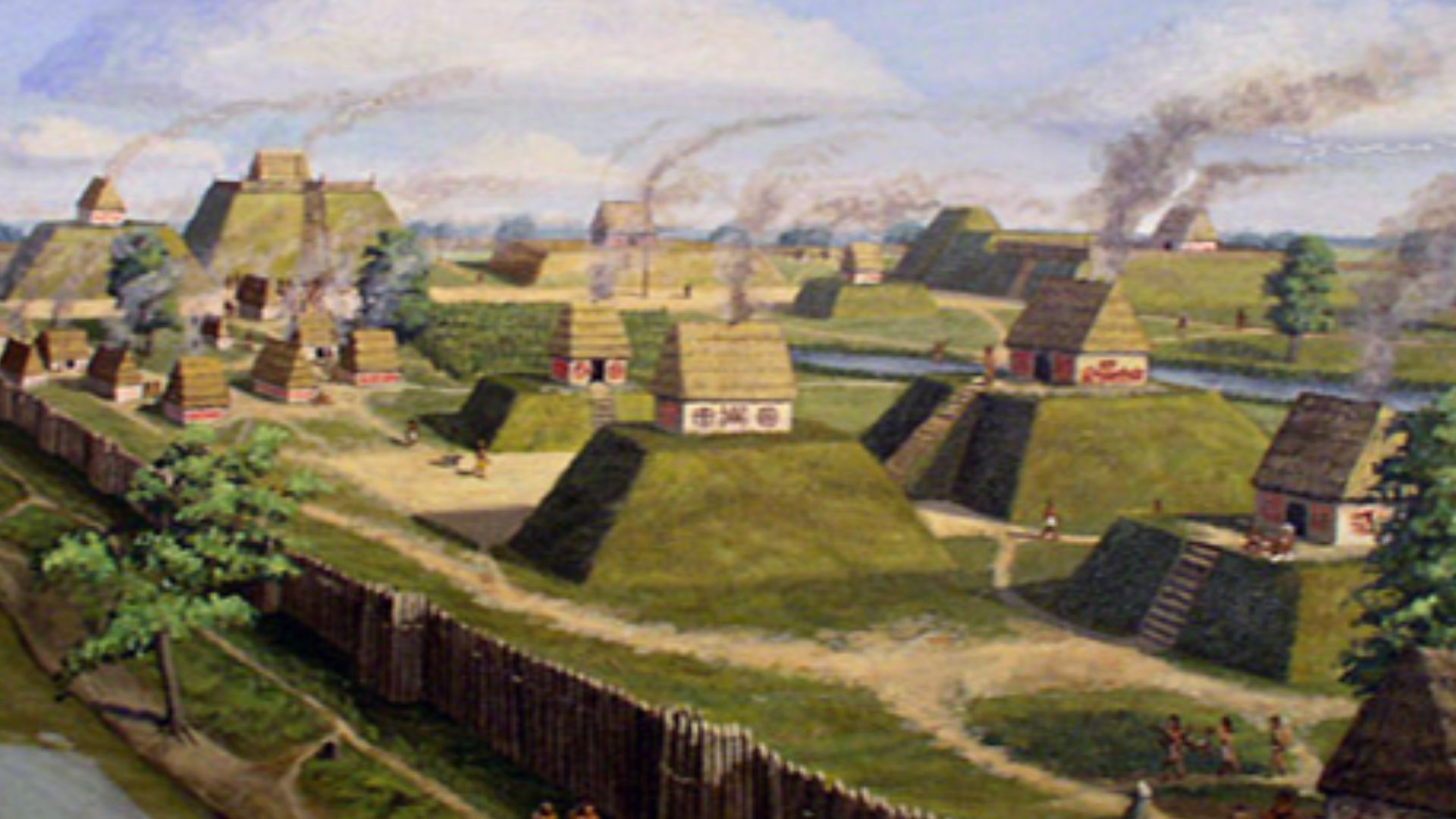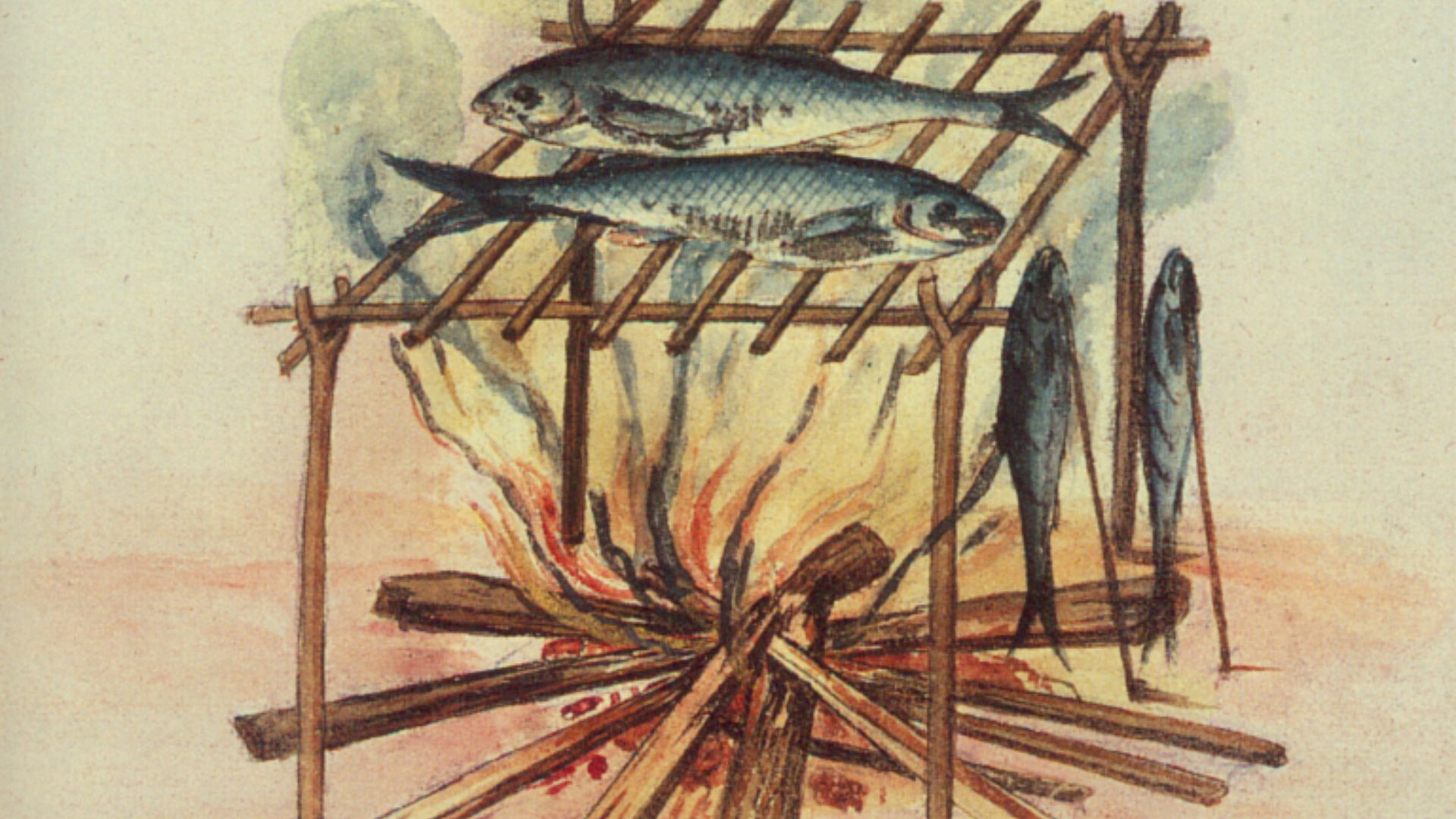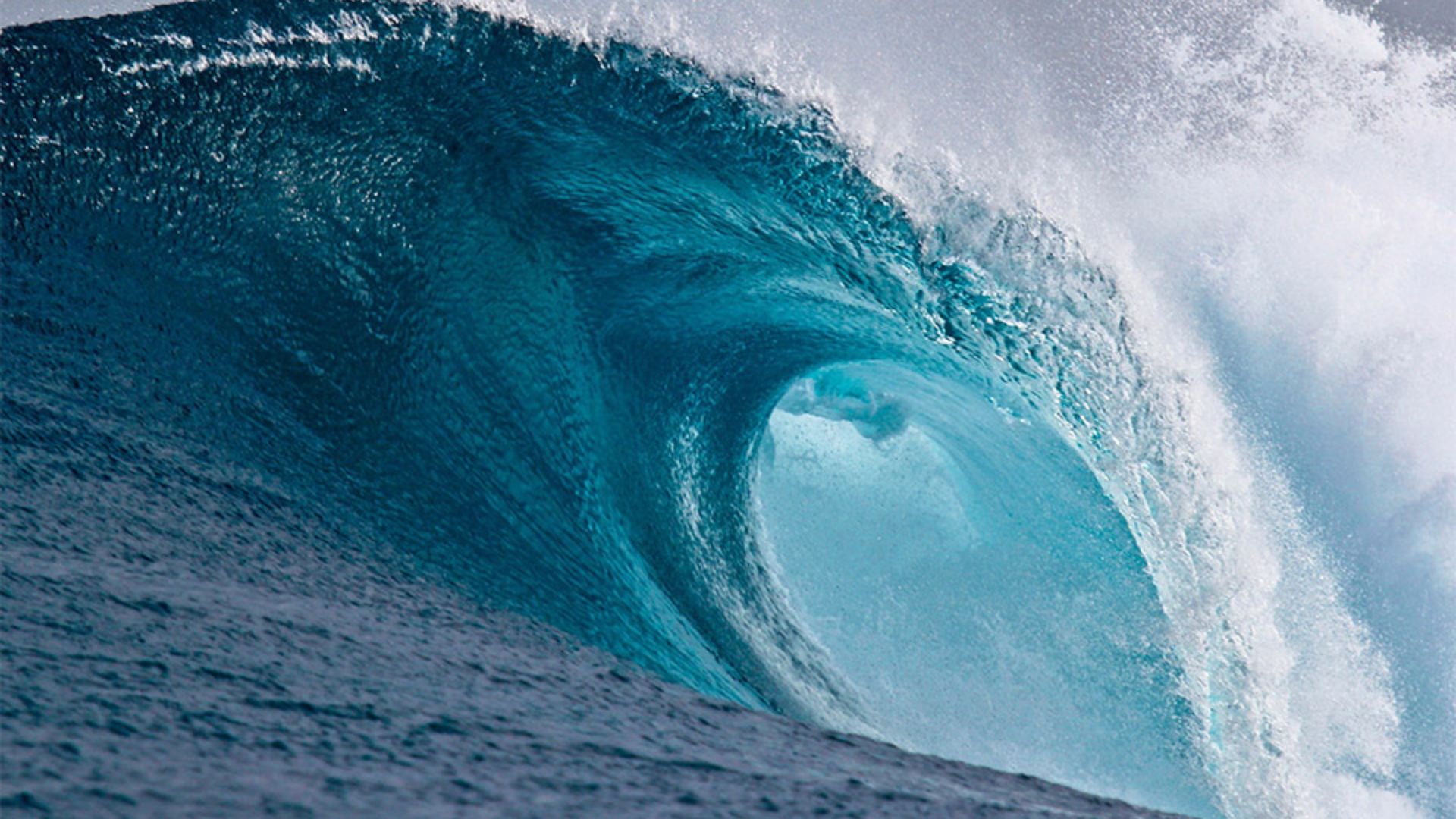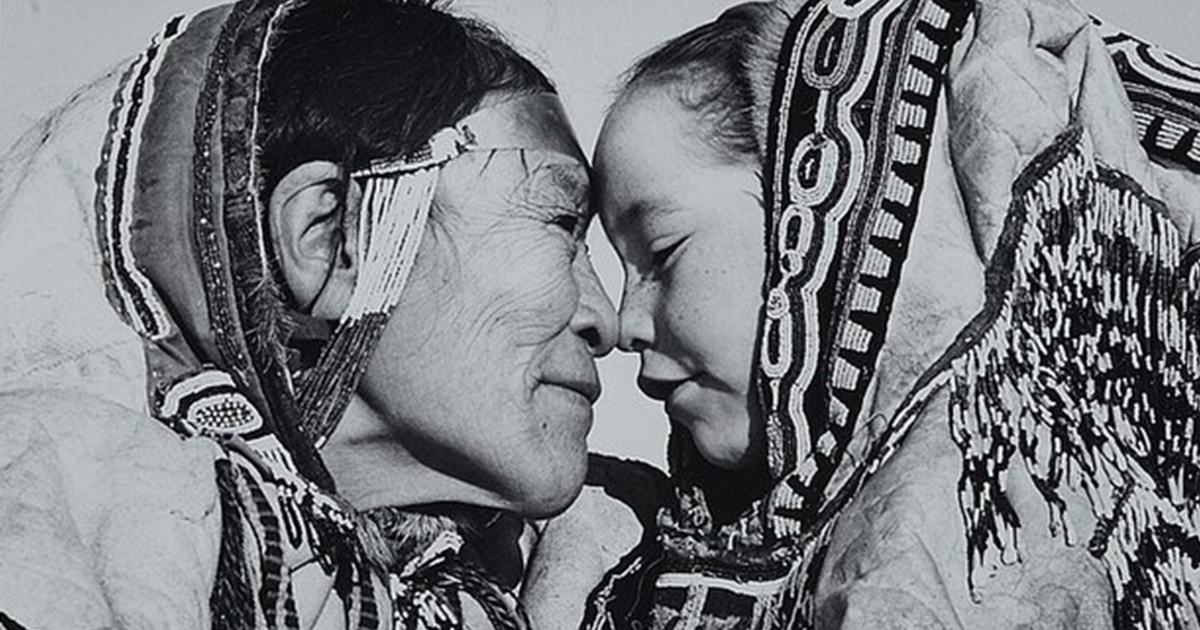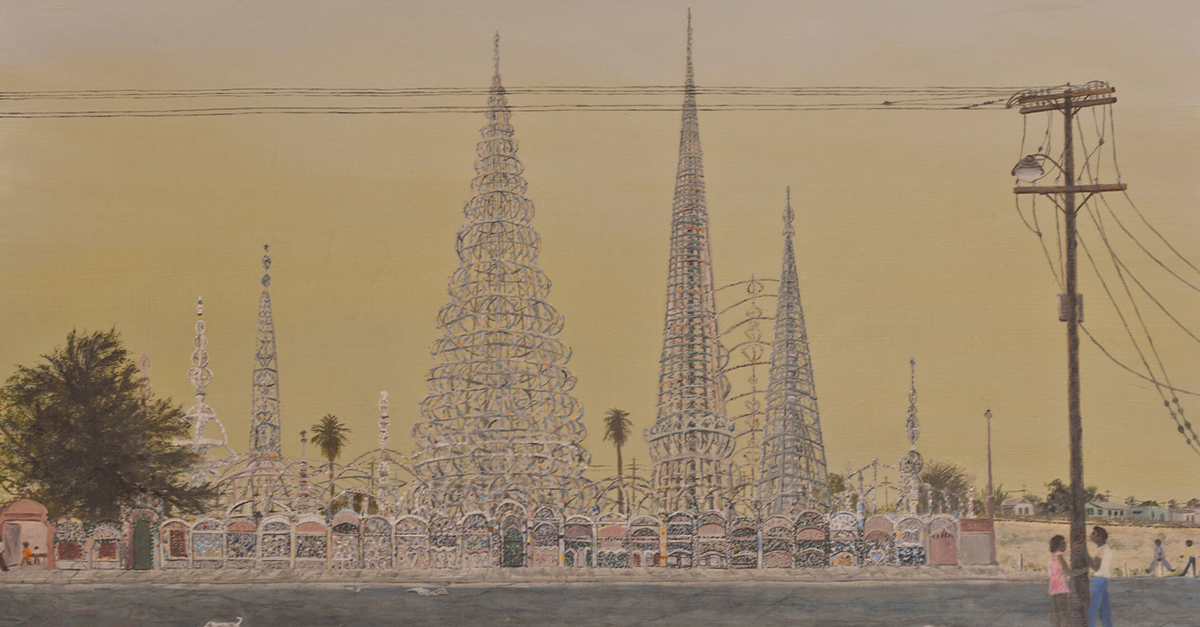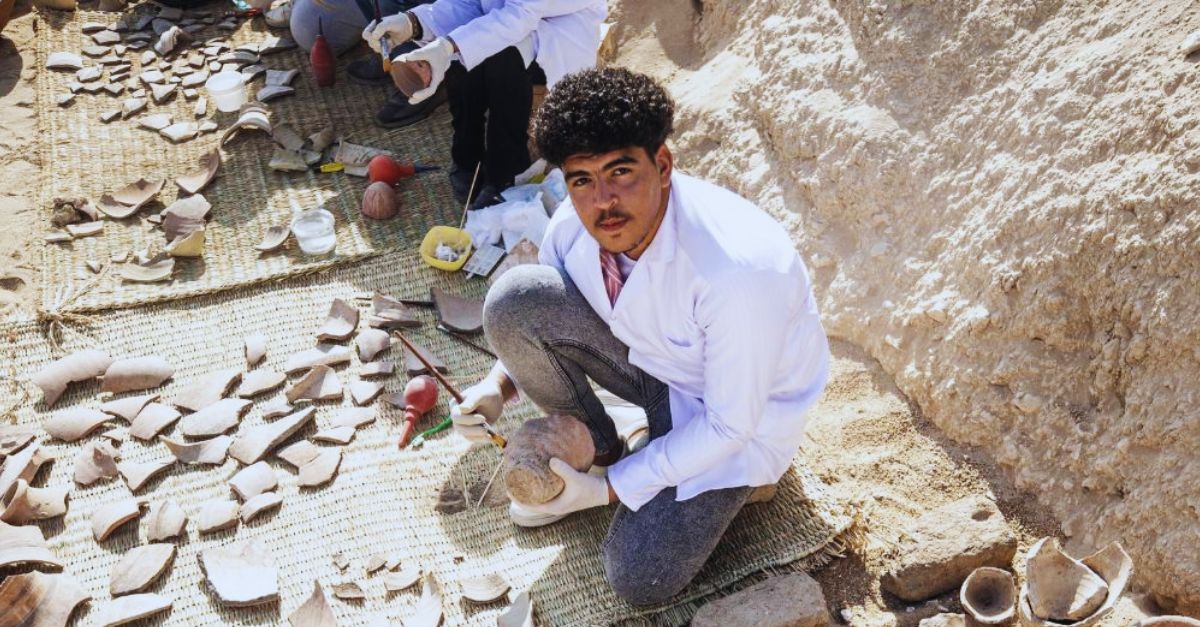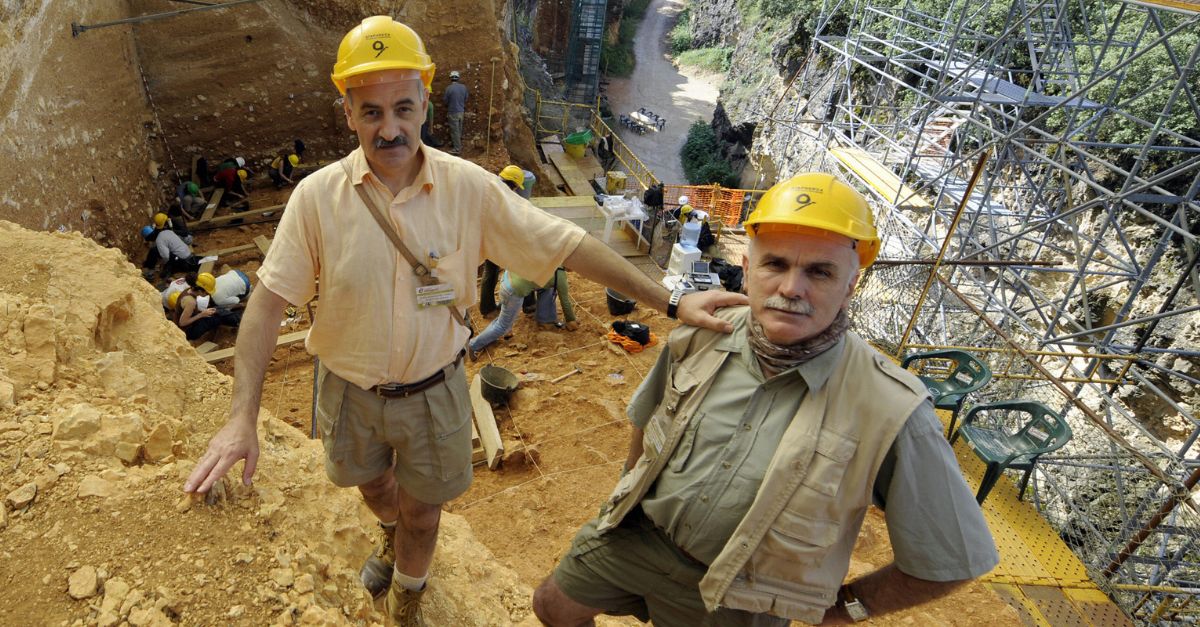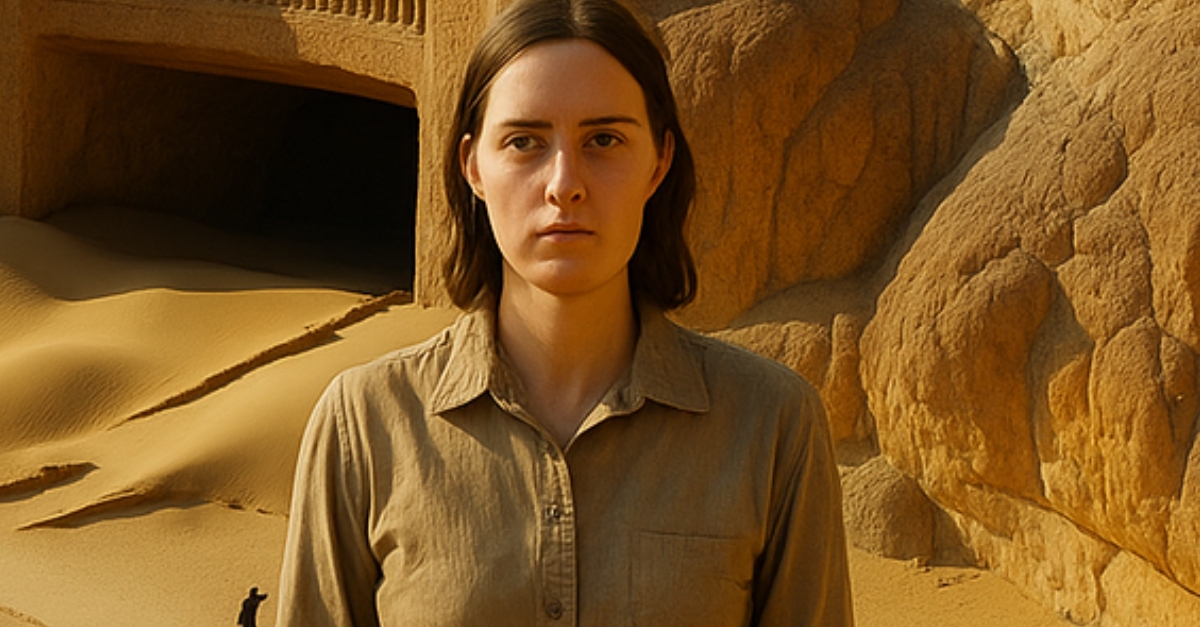Bones, Shells, And Clues
Long before European explorers sailed the Pacific, Indigenous fishing communities thrived along California's coast. Their legacy—hidden in towering shell mounds—tells a vivid story of innovation, trade, ceremony, and sustainable living etched in layers of ancient seafood and stone.
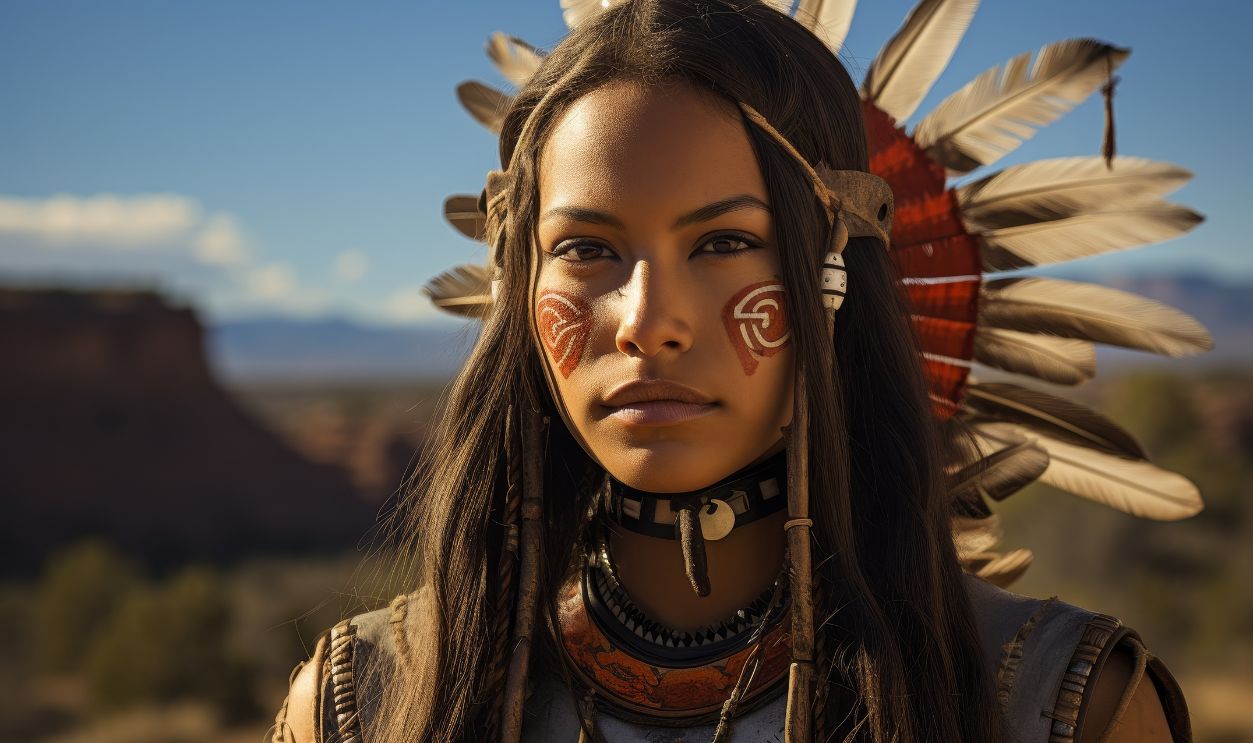
Discovery And Location
Shell mounds were first officially studied in 1902 near Temescal Creek. Sites from Humboldt Bay to San Francisco reveal ancient coastal villages. Some, like the West Berkeley Shellmound, date back 5,000 years—long before the arrival of Europeans.
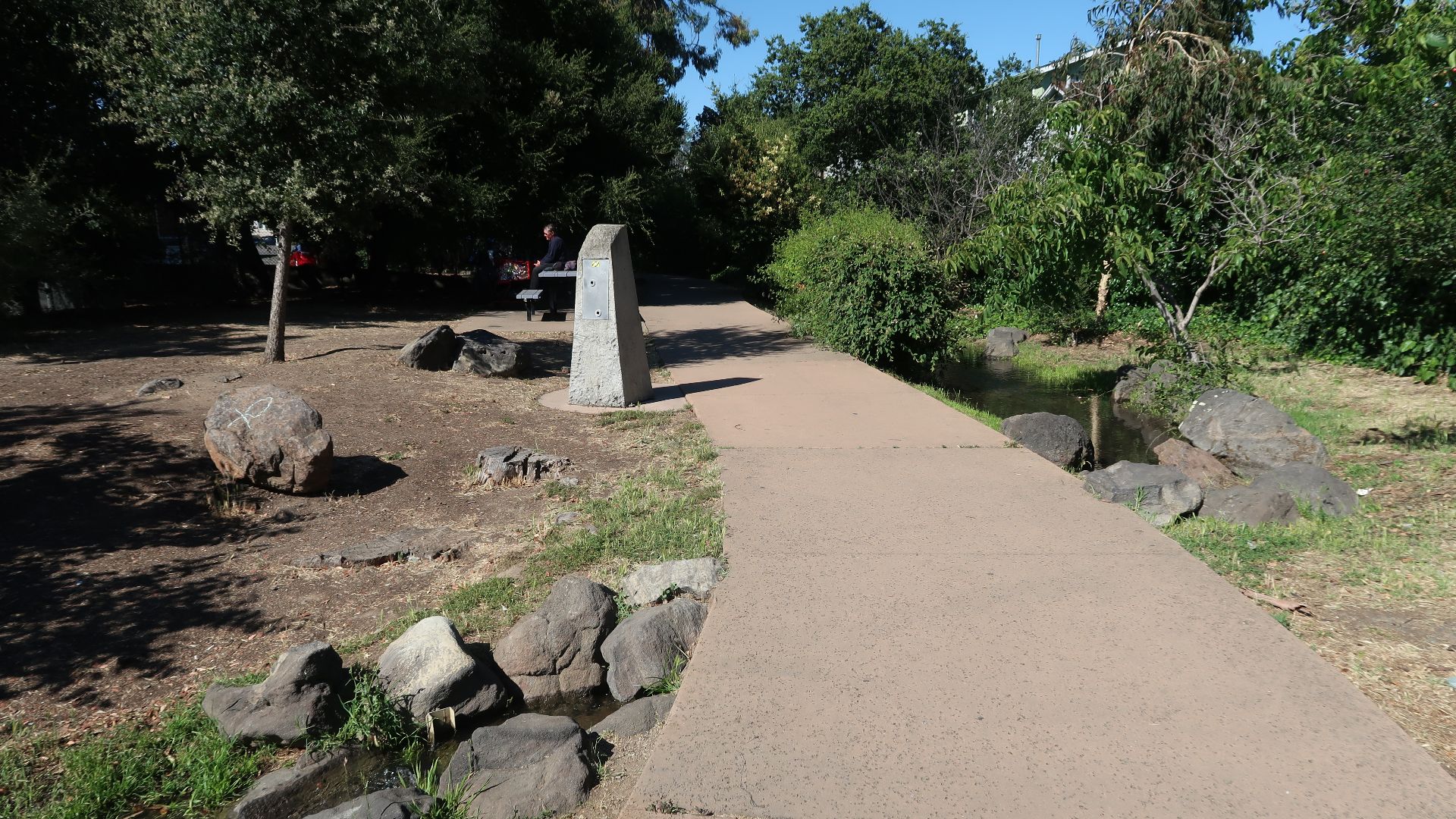 Al83tito, CCO. Wikimedia Commons
Al83tito, CCO. Wikimedia Commons
Shell Mound Composition
Picture hills made entirely of seafood leftovers! These layered mounds—packed with clams, bones, ash, and tools—grew over centuries as ancient communities feasted and tossed remains. Like edible archaeology, each stratum reveals habits, meals, and moments frozen in shell.
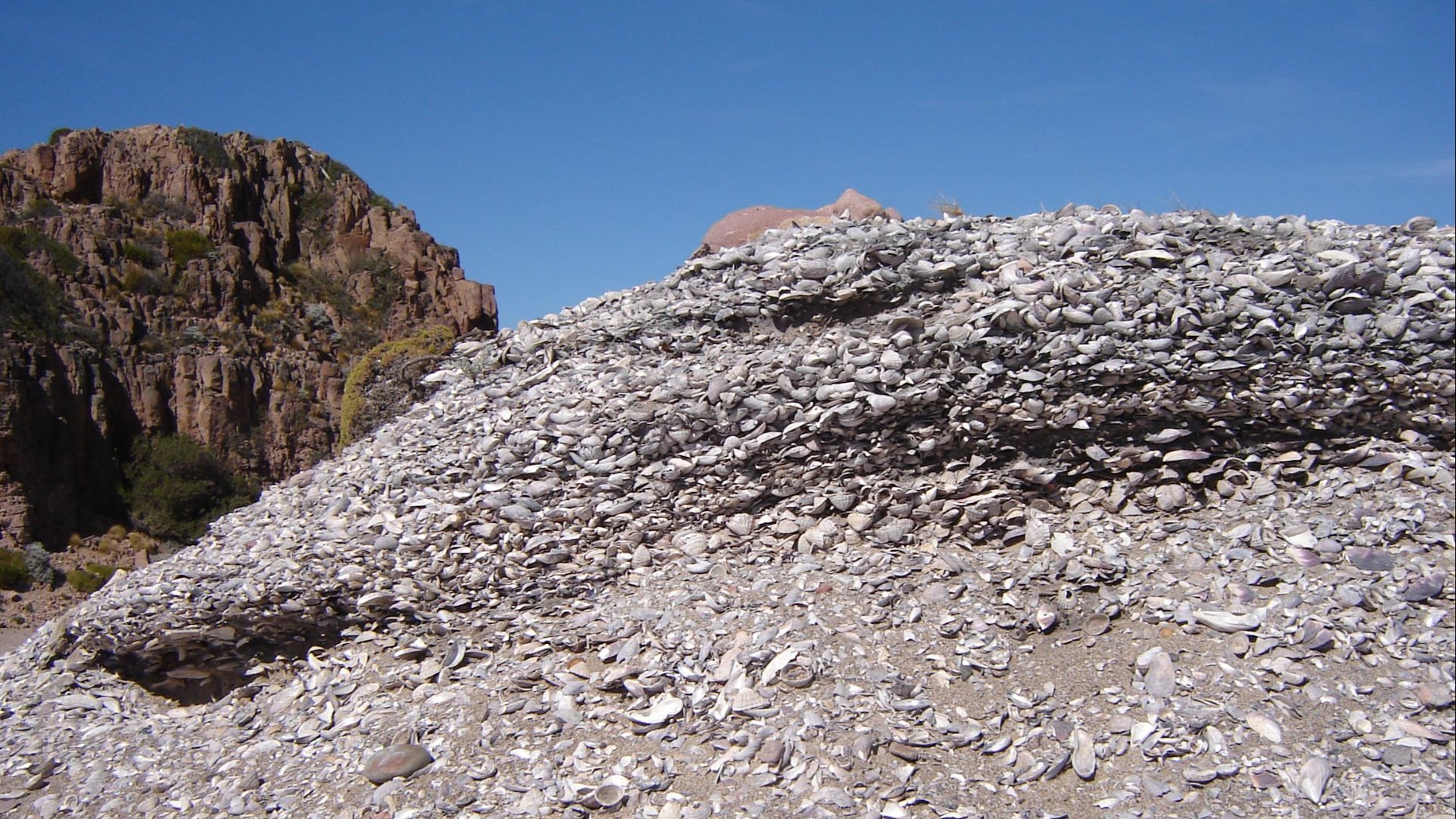 Mikelzubi, CC BY-SA 4.0, Wikimedia Commons
Mikelzubi, CC BY-SA 4.0, Wikimedia Commons
Dietary Habits
Those ancient Californians knew how to feast! The mounds show diets rich in oysters, clams, mussels, and even crunchy sea urchins. More than a seafood buffet, it was seasonal and deeply tied to coastal ecosystems. Though the menu may have changed, the seafood obsession clearly started early.
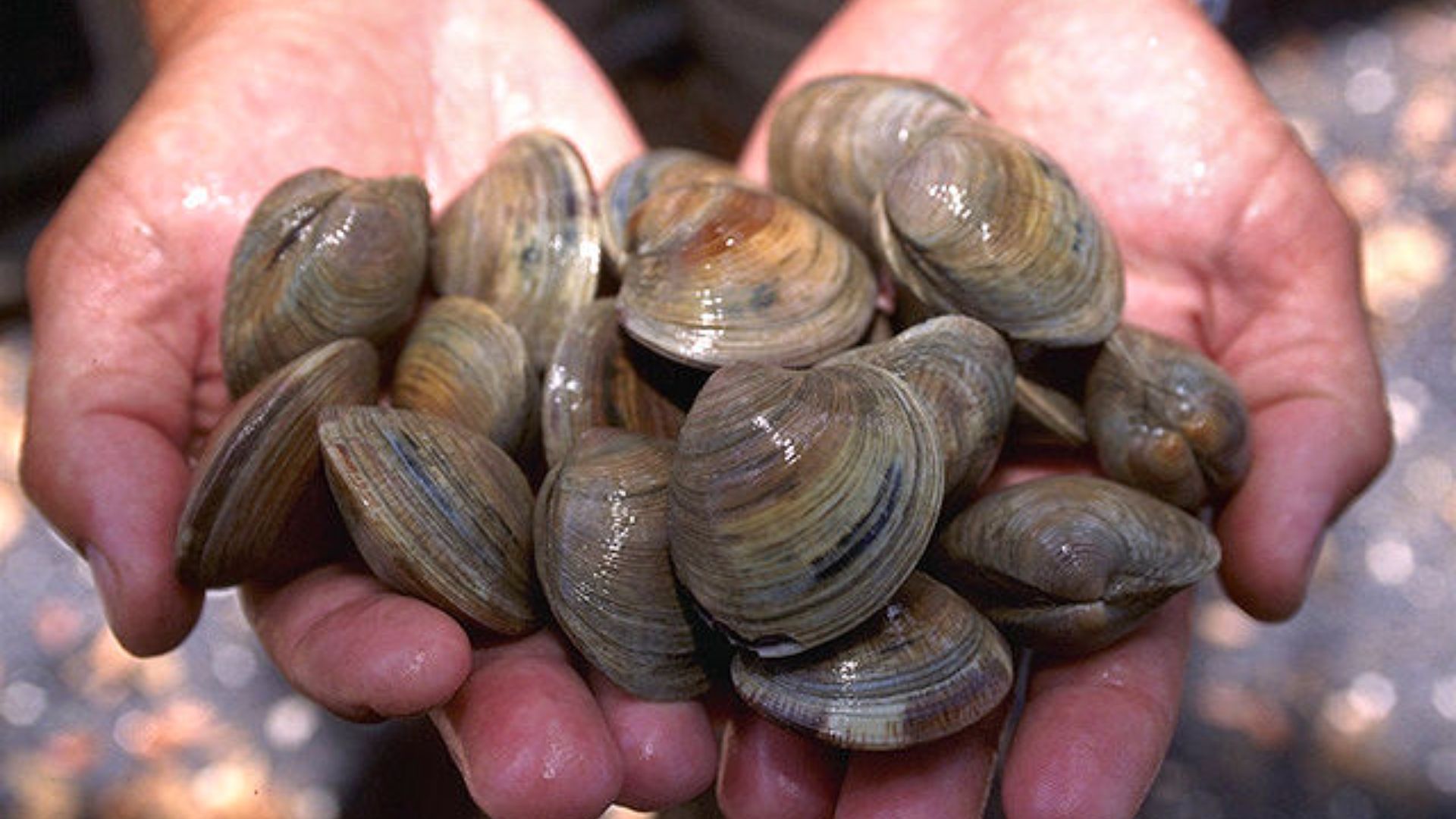 Ken Hammond, Wikimedia Commons
Ken Hammond, Wikimedia Commons
Linguistic Insights
In addition to eating a rich diet, shell mound communities were also chatting in multiple languages! The coastal groups were surprisingly diverse, with tribes speaking different tongues and dialects. So, long before state borders or English accents, California was already a buzzing hub of cultural exchange and multilingual conversation.
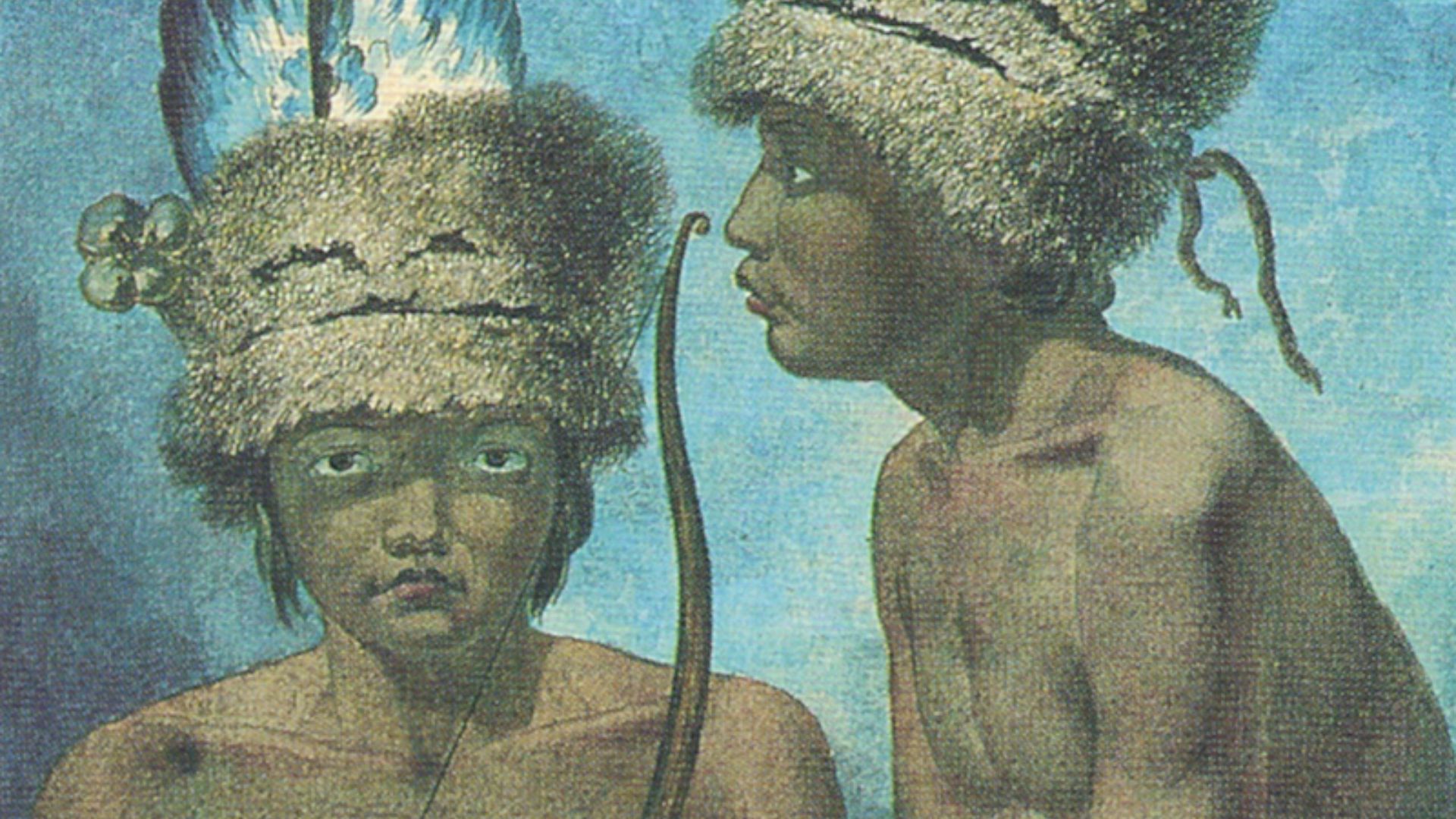 Mikhail Tikhanov, Wikimedia Commons
Mikhail Tikhanov, Wikimedia Commons
Fishing Tools
If you think early humans didn’t have tech, you might be wrong. Archaeologists have found fishhooks carved from bone and shell, each delicate and surprisingly strong. Some even feature barbs or intricate shaping. And let’s be honest, that’s more skill than most of us have with a rod today.
Trade Networks
Some of the shells appear to have traveled hundreds of miles. Those from distant regions hint at thriving trade networks connecting inland and coastal communities. Most likely, they were part of a rich prehistoric economy, trading tools and maybe even stories across what’s now the American West.
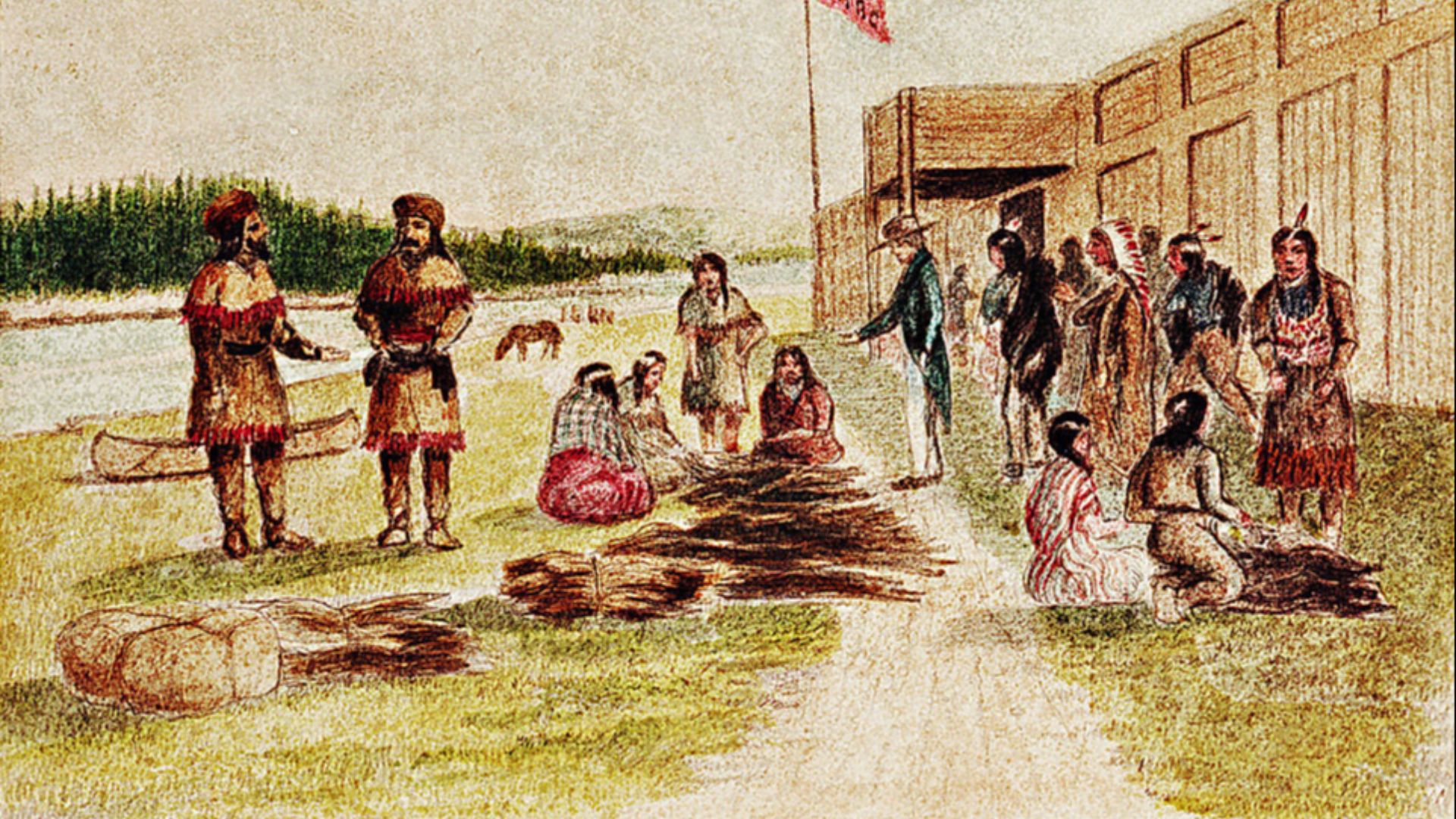 Joseph Drayton (1795-1856), member of Charles Wilkes's expedition., Wikimedia Commons
Joseph Drayton (1795-1856), member of Charles Wilkes's expedition., Wikimedia Commons
Ceremonial Uses
Certain types of shells were used for burial rites. A few others were used in ceremonies or worn as ornaments. Each discovered mound doubled as a sacred space, where life and death mingled. It’s a reminder that even rubble can carry deep cultural value, if you know where to look.
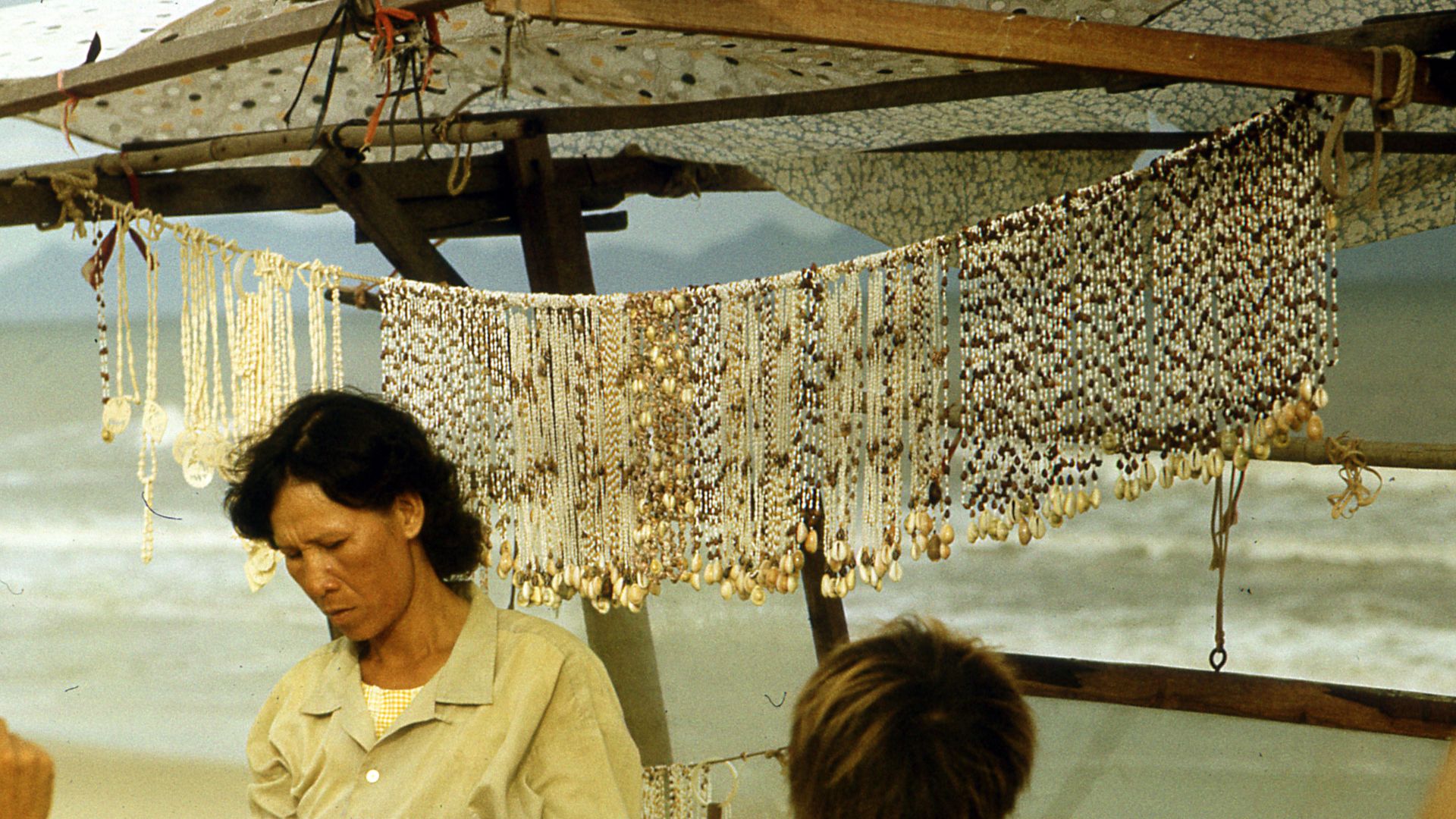 Dainis Matisons, CC BY 2.0, Wikimedia Commons
Dainis Matisons, CC BY 2.0, Wikimedia Commons
Village Organization
Shell mound layouts also give insight into village planning. They weren’t just random piles, but part of a well-organized coastal life with rhythm, routine, and a sea breeze. By studying the placement of fire pits, tools, and debris, archaeologists can guess where families cooked, slept, and socialized.
Seasonal Occupation
Researchers found that some shell mounds only grew during specific seasons, like prehistoric summer homes. Communities likely followed fish migrations, returning year after year to the same coastal hotspots. It suggests each trip was timed and synced with nature's calendar. Call it the original Airbnb: seasonal and full of clams.
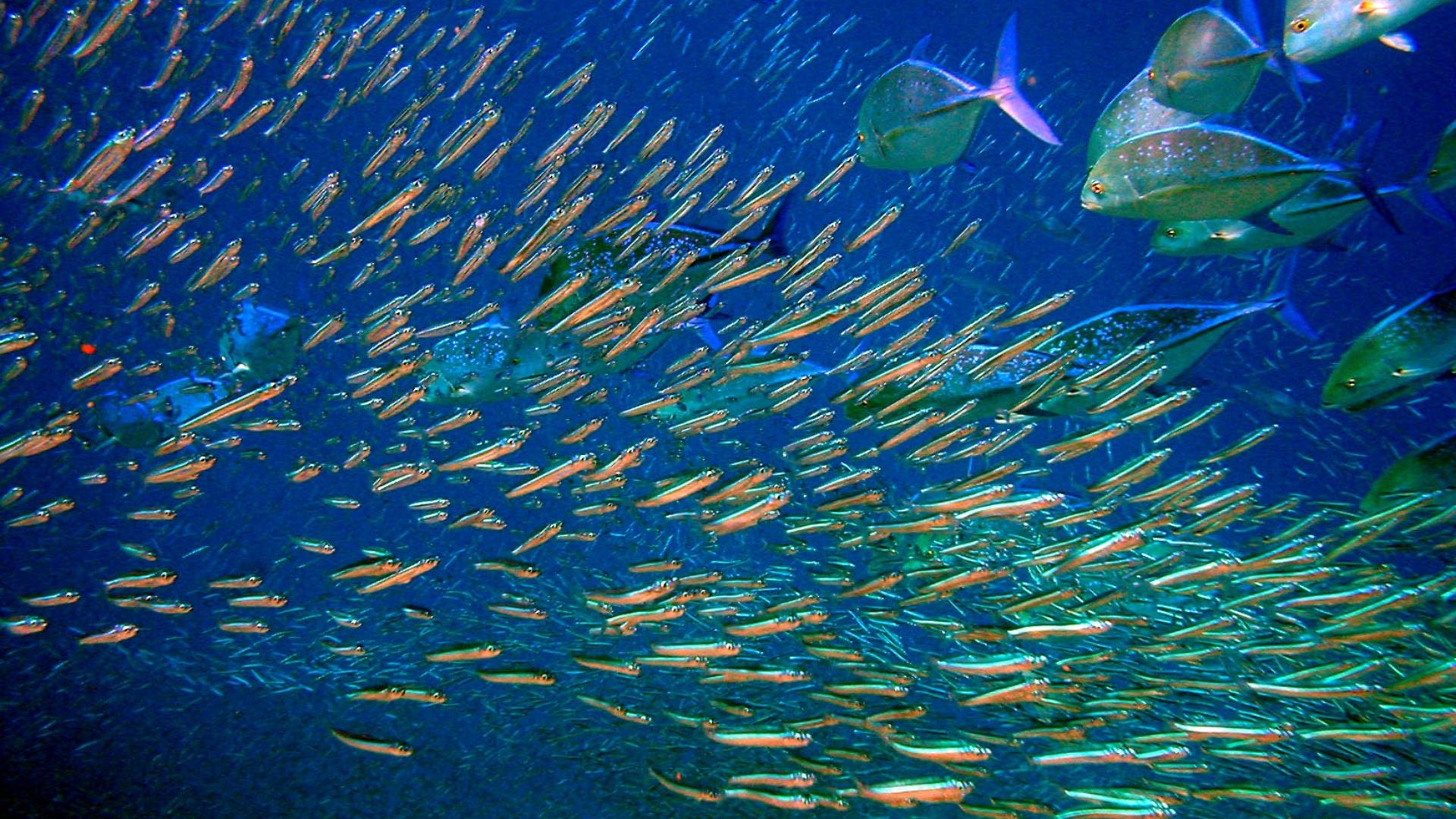 Bruno de Giusti, CC BY-SA 2.5, Wikimedia Commons
Bruno de Giusti, CC BY-SA 2.5, Wikimedia Commons
Burial Sites
In many cases, people were buried in or near shell mounds. This was done perhaps to blend everyday life with the reality of its end. Instead of far-off cemeteries, ancestors rested right next to the living, surrounded by the sounds of the ocean and smells of cooked mussels.
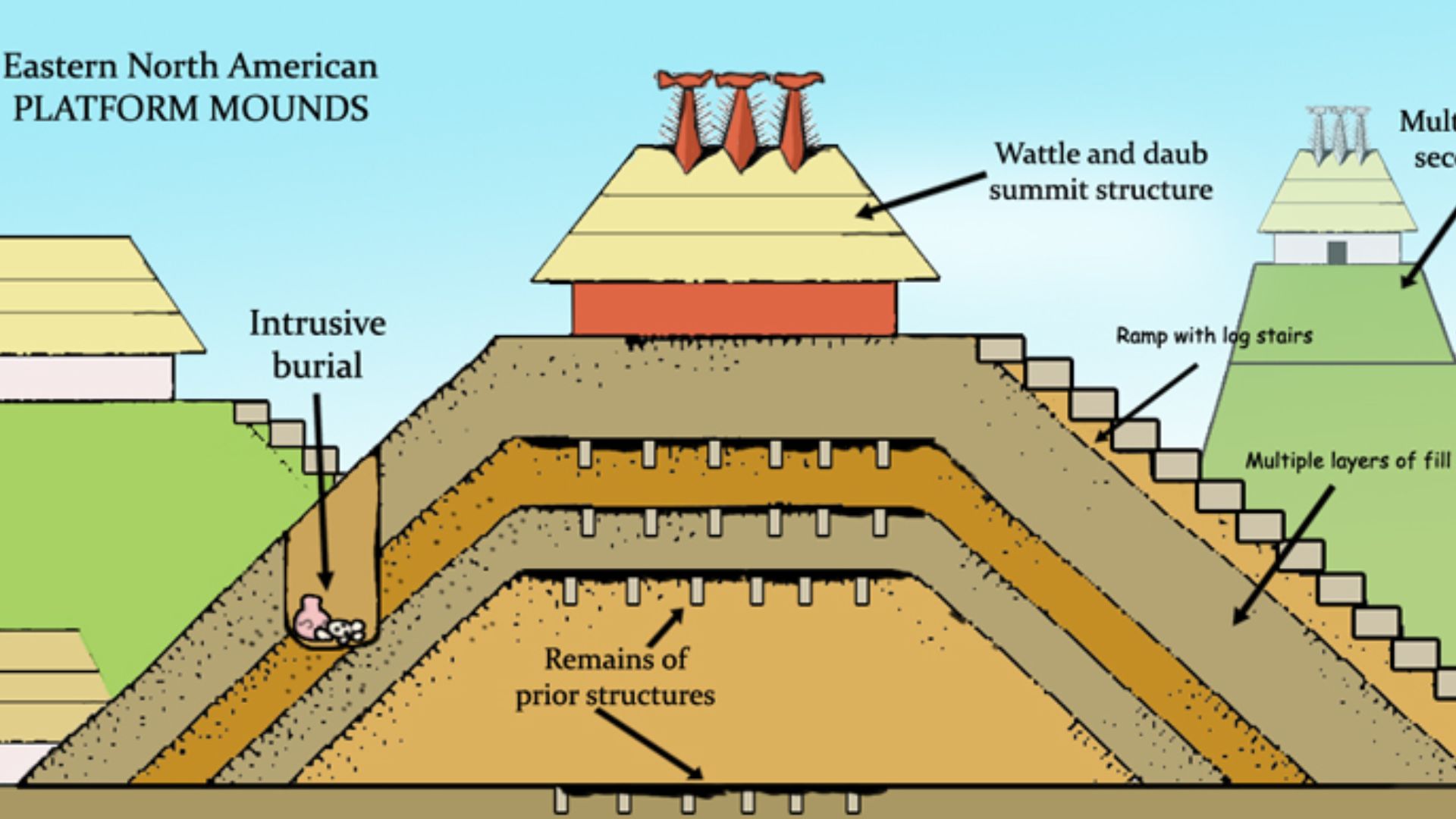 Herb Roe, CC BY-SA 3.0, Wikimedia Commons
Herb Roe, CC BY-SA 3.0, Wikimedia Commons
Social Stratification
Surprisingly, some mounds contained fancier graves: ornaments, tools, even jewelry, hinting at early social classes. Were these chiefs? Healers? Influencers of their day? Whatever the case, these coastal communities had a pecking order, and their burial styles definitely knew how to make a statement.
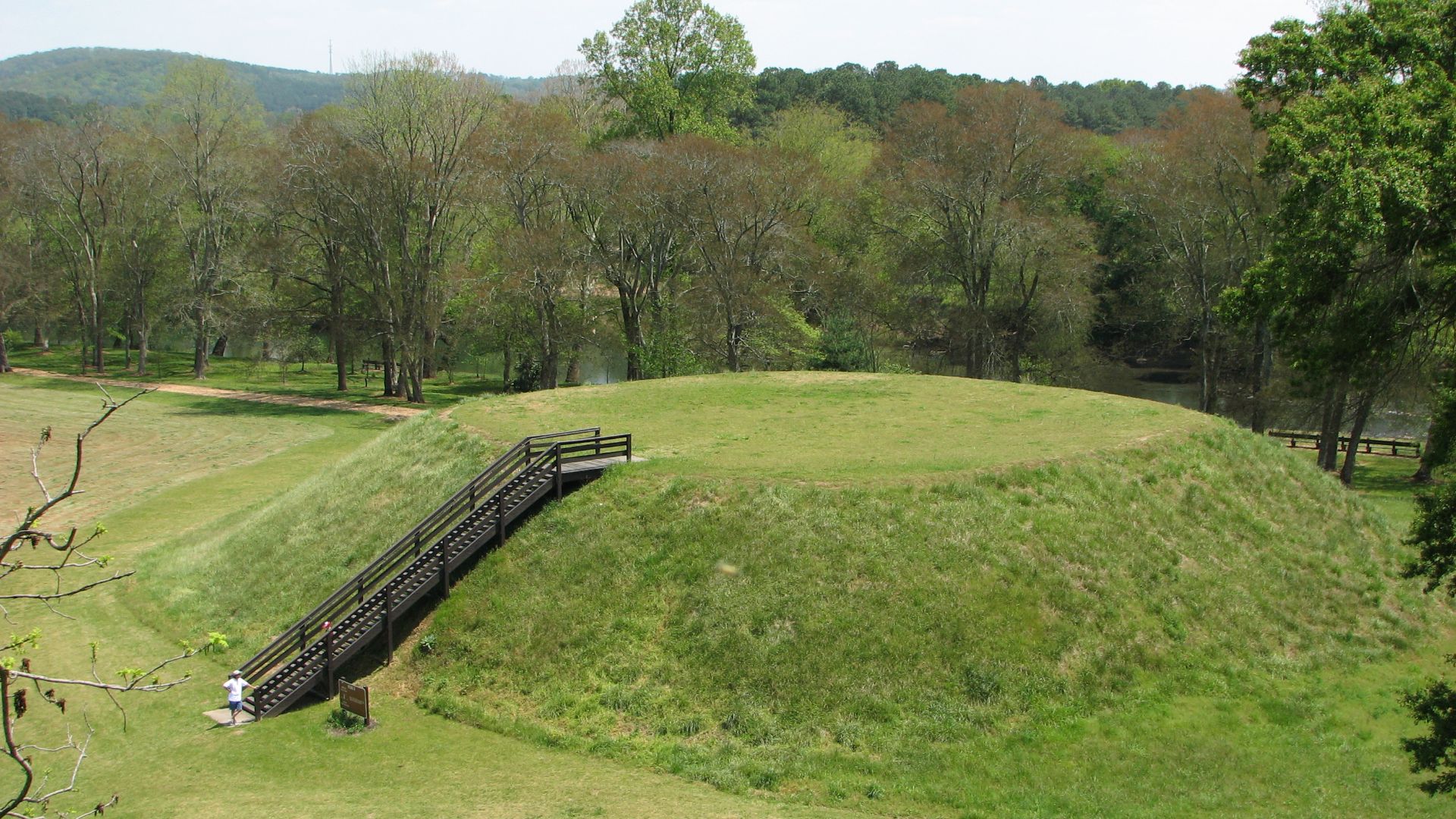 Kare Thor Olsen, CC BY-SA 3.0, Wikimedia Commons
Kare Thor Olsen, CC BY-SA 3.0, Wikimedia Commons
Inter-tribal Relations
Mound clusters also hint that neighbors weren’t always distant or peaceful. Some mounds are super close together, which suggests both cooperation and competition. There might have been fishing alliances one year, and turf squabbles the next. Coastal California was marked by dynamic social and political dynamics.
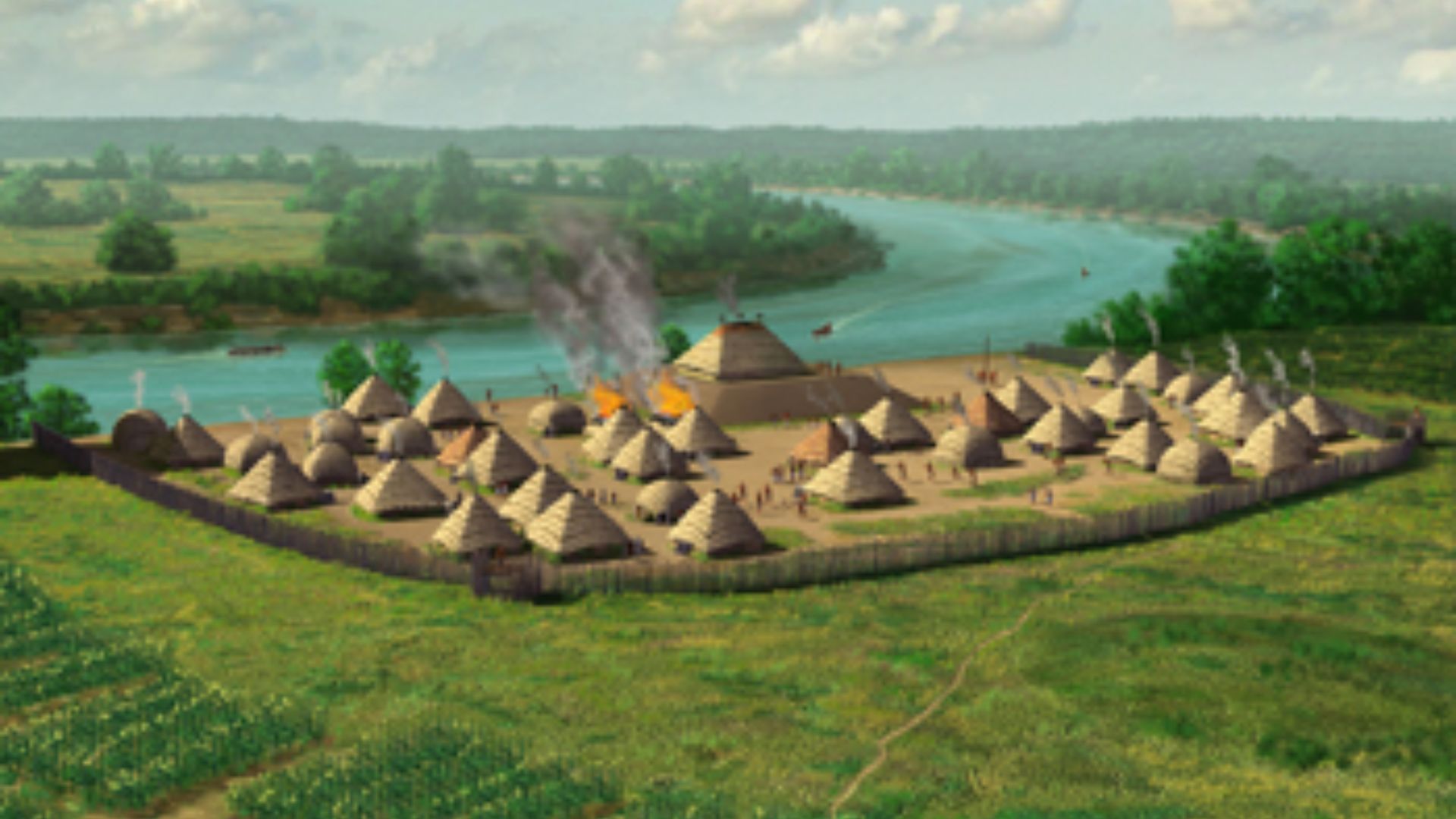 Herb Roe, CC BY-SA 4.0, Wikimedia Commons
Herb Roe, CC BY-SA 4.0, Wikimedia Commons
Environmental Indicators
There are indications that these mounds served as natural memory banks. The types and conditions of shells can reveal ancient sea temperatures, salinity levels, and signs of El Nino. Think of it as coastal California’s prehistoric weather app, powered by mollusks and layered one tide at a time.
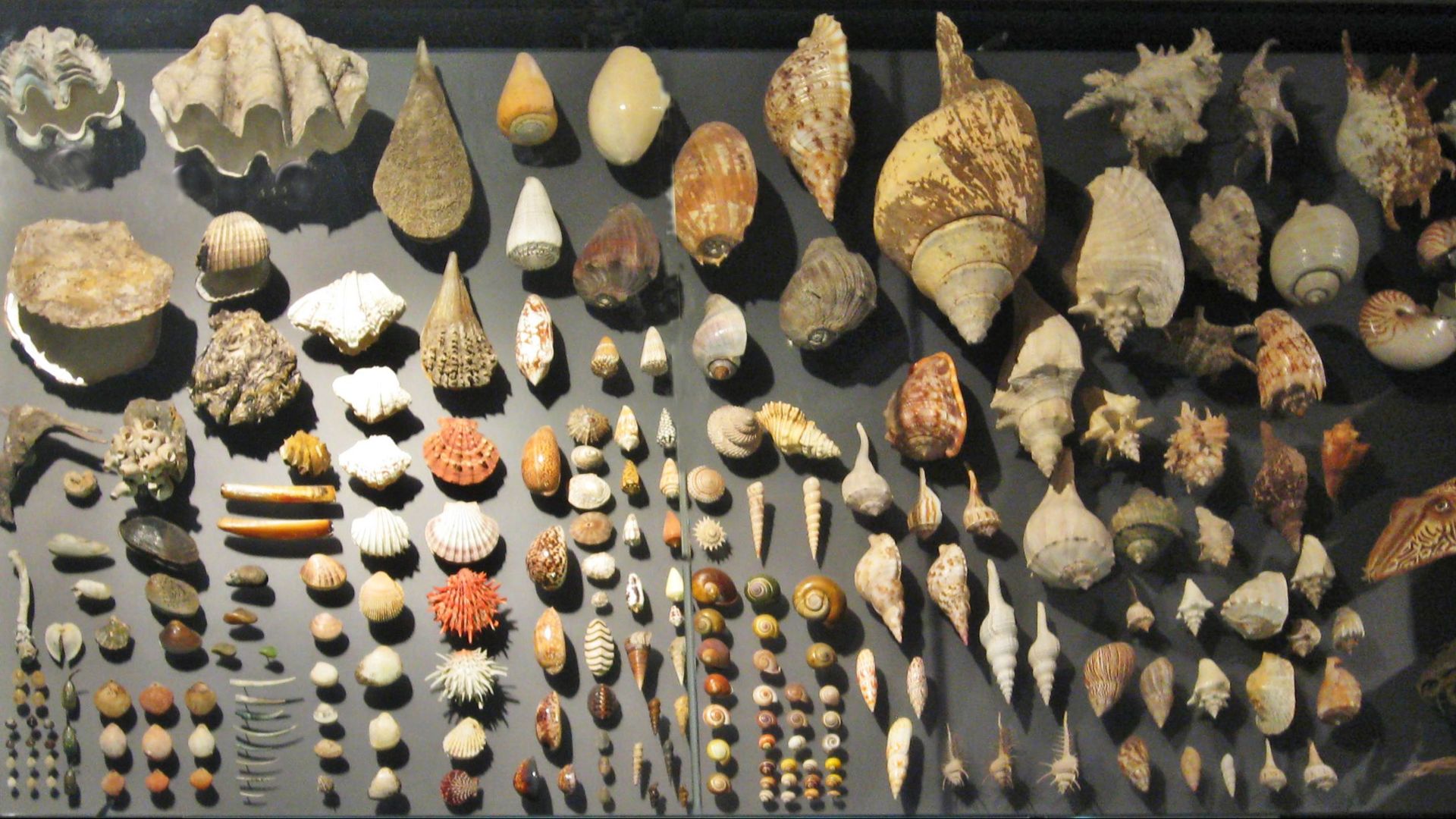 LoKiLeCh, CC BY 3.0, Wikimedia Commons
LoKiLeCh, CC BY 3.0, Wikimedia Commons
Animal Bones
Alongside the heaps of shells, archaeologists have also found bones from sea otters, whales, and seals. Clearly, ancient fishers didn’t limit their diet to just clams and oysters—they hunted big game too. The people enjoyed diverse coastal cuisine that would make any modern seafood platter look tame.
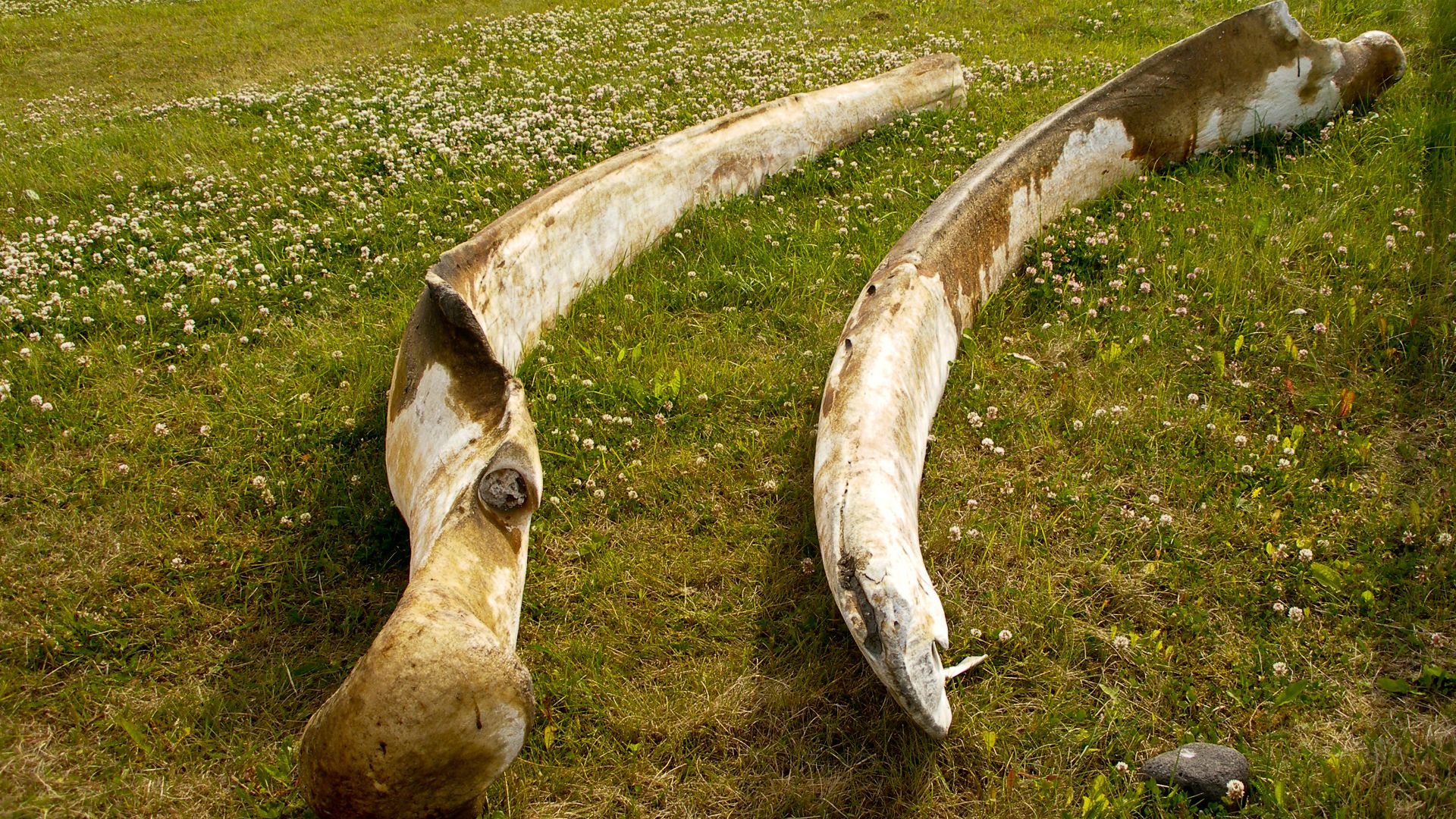 Thomas Quine, CC BY-SA 2.0, Wikimedia Commons
Thomas Quine, CC BY-SA 2.0, Wikimedia Commons
Childhood Diets
According to the findings, it turns out that kids weren’t always part of the seafood craze. Isotope analysis of ancient bones shows children ate fewer shellfish and more plant-based foods, possibly easier-to-digest dishes. So, while adults slurped oysters, little ones likely munched on plants like berries.
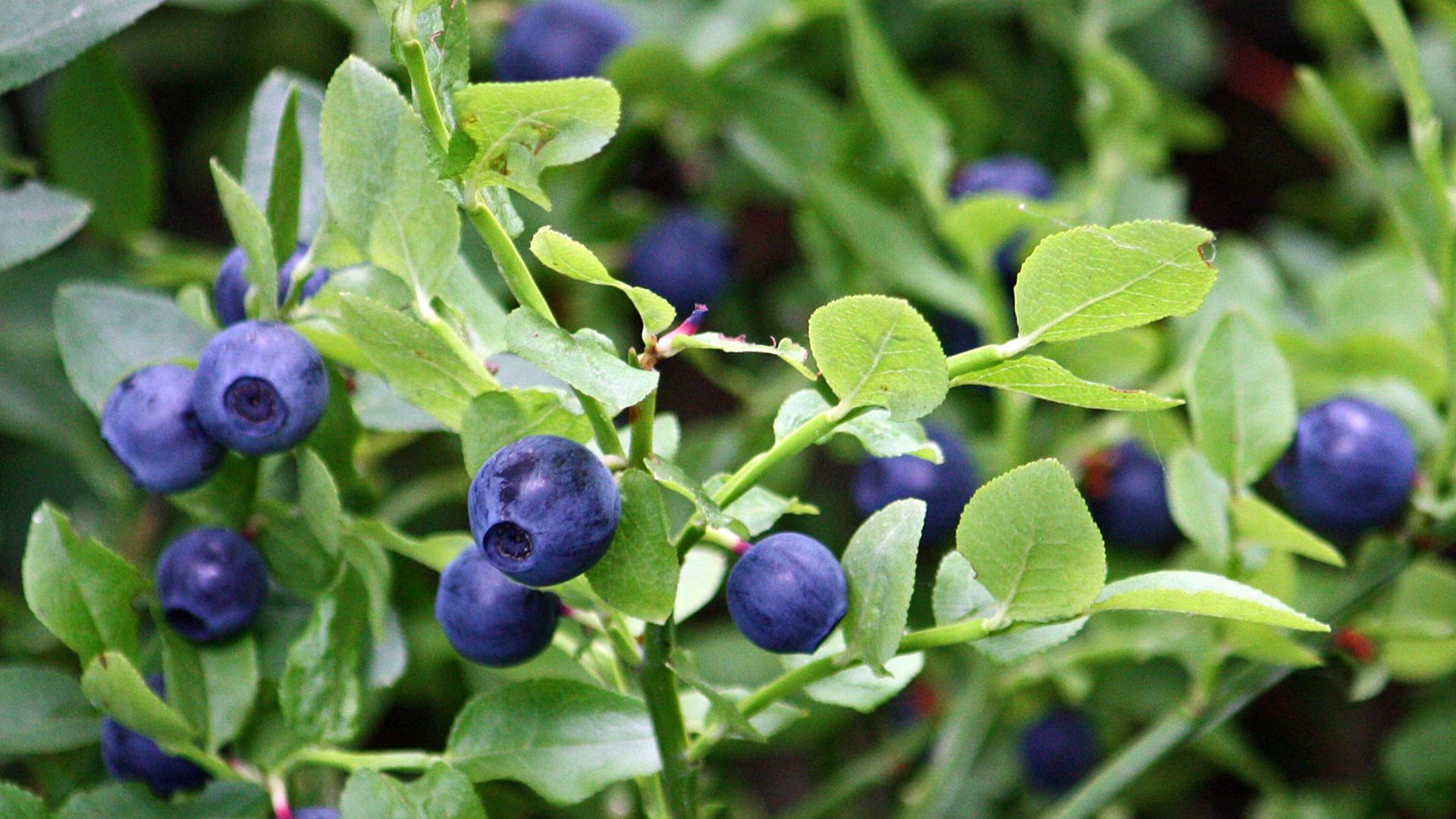 Anneli Salo, CC BY-SA 3.0, Wikimedia Commons
Anneli Salo, CC BY-SA 3.0, Wikimedia Commons
Cooking Techniques
The early chefs didn't have grills or air fryers, but they sure knew how to throw a flavorful seaside cookout. Shell mounds tell smoky stories of ancient kitchens. Charred shell layers and fire-blackened stones suggest communal cooking, including stone boiling, big fire pits, and sizzling seafood feasts.
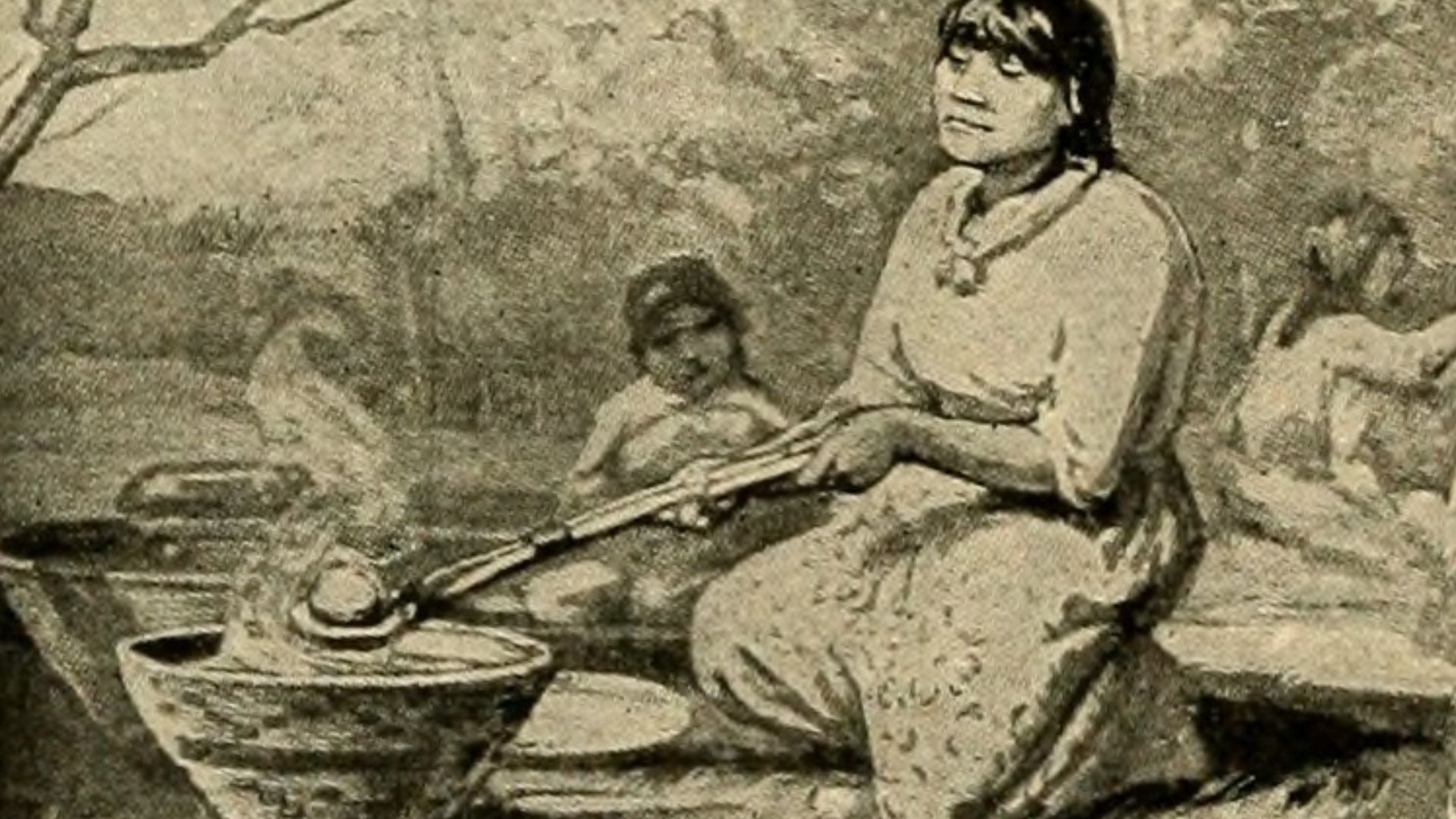 Internet Archive Book Images, Wikimedia Commons
Internet Archive Book Images, Wikimedia Commons
Women’s Role
Women could’ve been the backbone of shell mound life. Archaeological clues suggest they gathered shellfish, prepared food, and maintained the mounds. While the guys might’ve gone fishing, women were the ones cooking and feeding the community, and shaping these ancient coastal stories, one clam at a time.
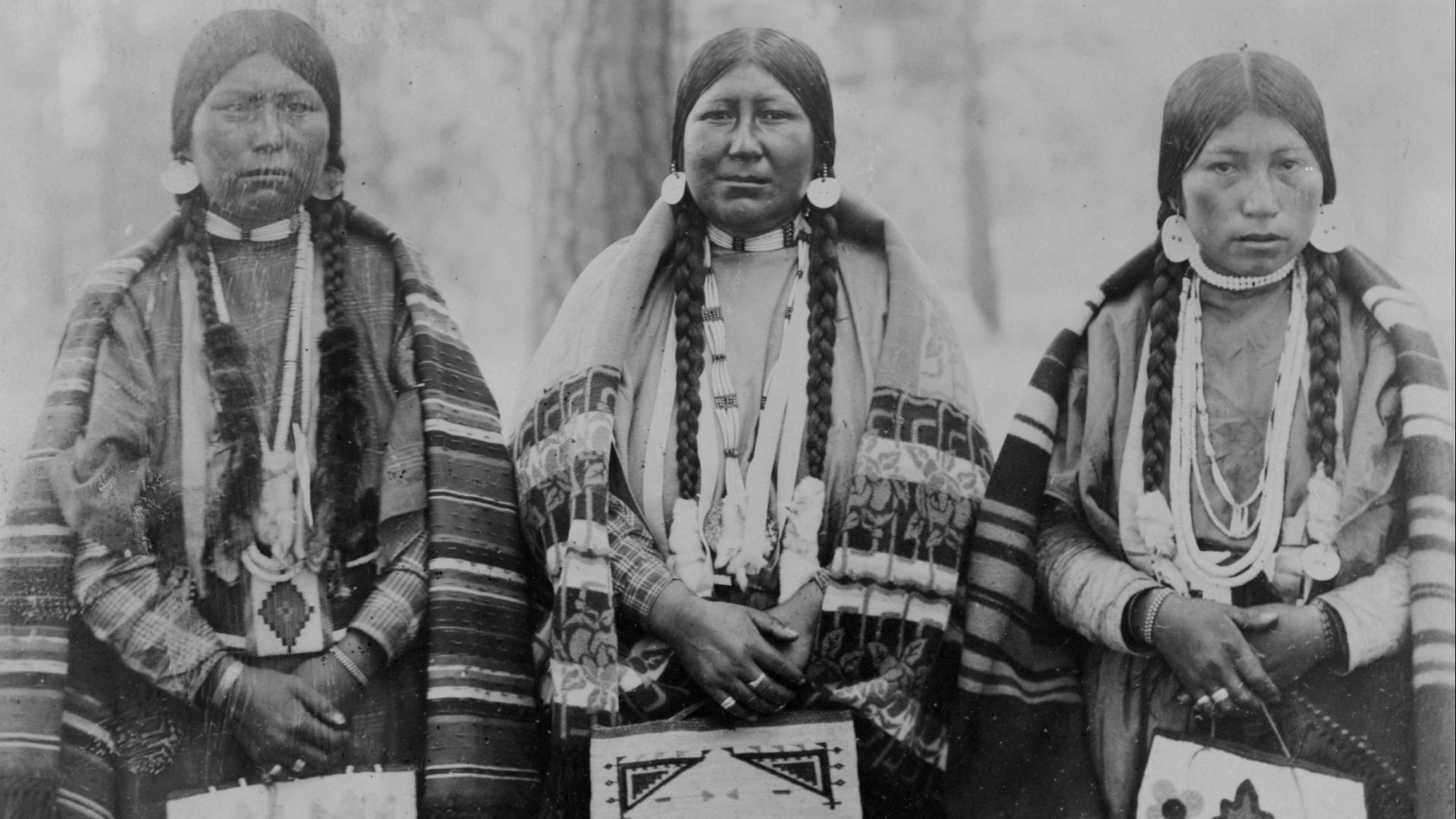 Unknown authorUnknown author, Wikimedia Commons
Unknown authorUnknown author, Wikimedia Commons
Mythologies And Legends
The piles of shells were woven into cultural memory through storytelling. Legends passed down for generations among some indigenous tribes explain the creation of the mounds. In some tales, the mounds were created by ancestors, but in others, they were formed by mythical beings.
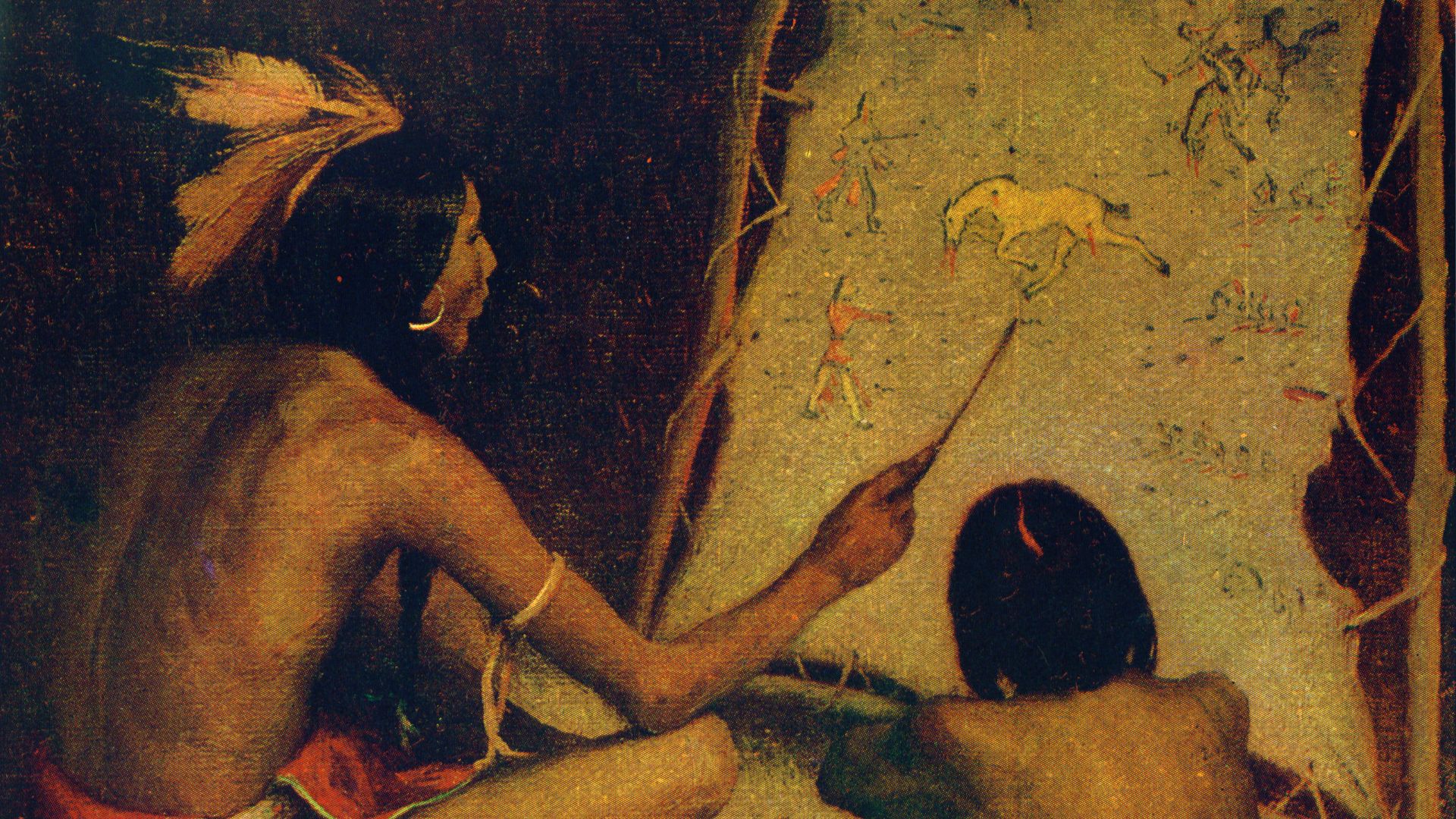 E. Irving Couse (en.wikipedia), Wikimedia Commons
E. Irving Couse (en.wikipedia), Wikimedia Commons
Marine Sustainability
Way before it was cool, Indigenous Californians practiced sustainable harvesting. Talk about ocean wisdom. Evidence from the mounds suggests they rotated gathering spots and left juvenile shellfish alone in a bid to manage sea life. Basically, they had a better seafood strategy than most modern fisheries.
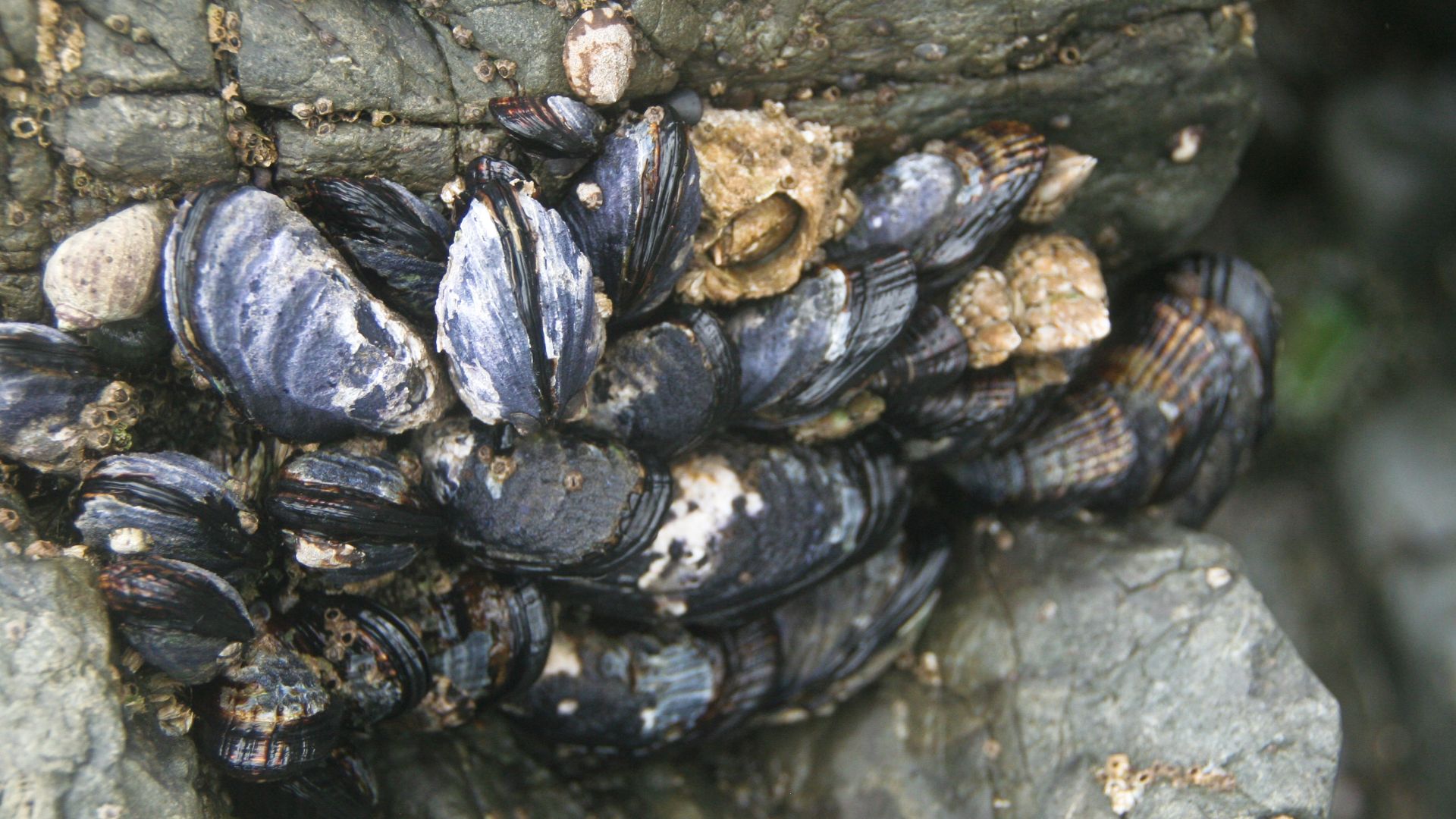 Sharon Mollerus, CC BY 2.0, Wikimedia Commons
Sharon Mollerus, CC BY 2.0, Wikimedia Commons
Fish Products As Currency
These communities went beyond catching fish to turning them into currency. We can’t help but be surprised at their business thinking. Smoked, dried, and packed for travel, fish made its way inland to desert regions far from the coast.
Artistic Shellwork
Further evidence suggests that after dinner, some were transformed into art. Intricately carved or polished, these pieces may have been jewelry or ceremonial objects. Different types of art were used by different communities, showing that even in a world of survival and subsistence, beauty mattered.
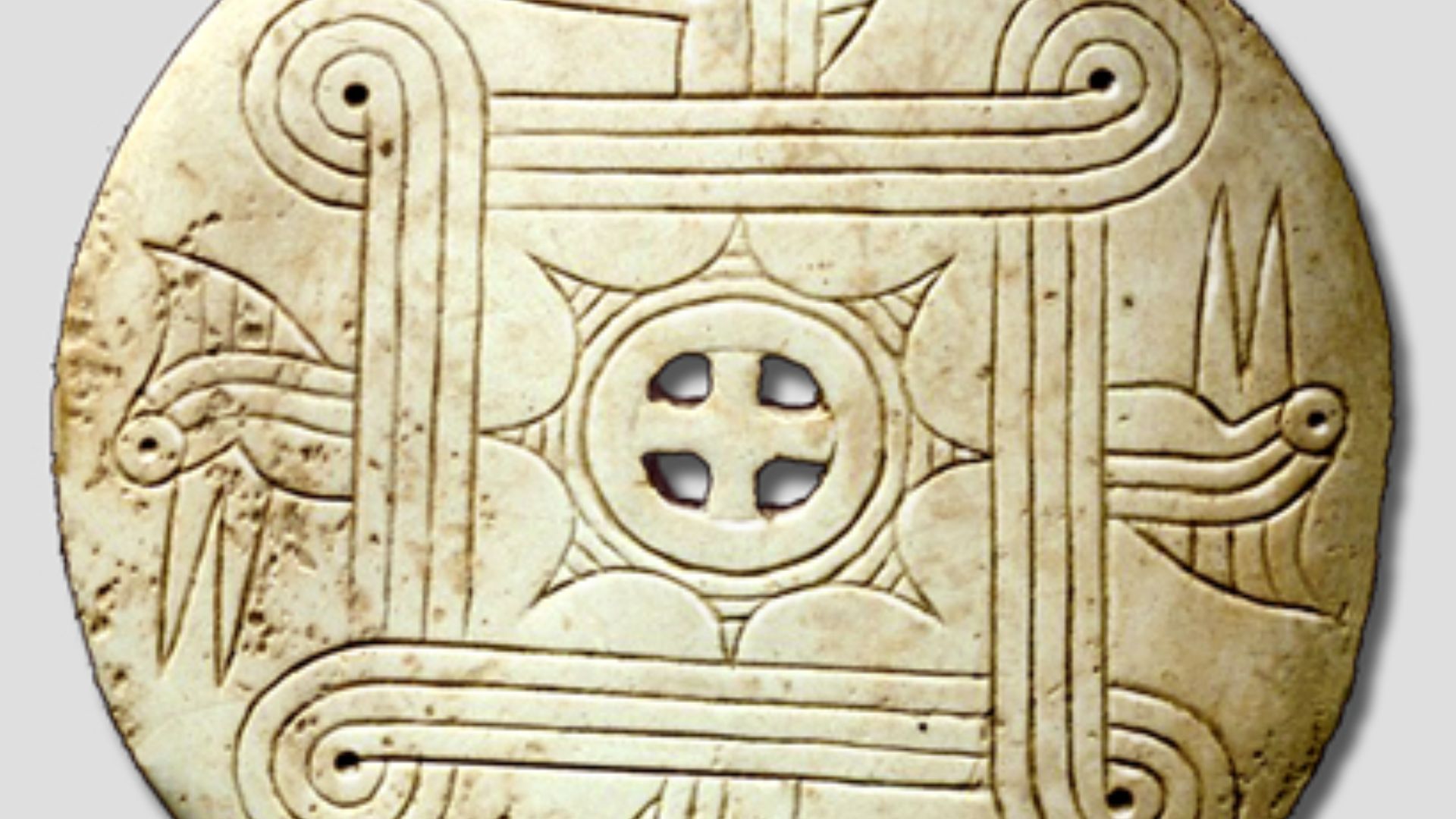 Herb Roe, www.chromesun.com, CC BY-SA 3.0, Wikimedia Commons
Herb Roe, www.chromesun.com, CC BY-SA 3.0, Wikimedia Commons
Colonial Misinterpretation
When Europeans arrived, they saw the mounds, but didn’t see their meaning. Many assumed they were natural formations, not cultural landmarks. This “whoops” moment led to missed histories and, unfortunately, some mounds being destroyed. A reminder that history speaks softly, and you have to listen to hear it.
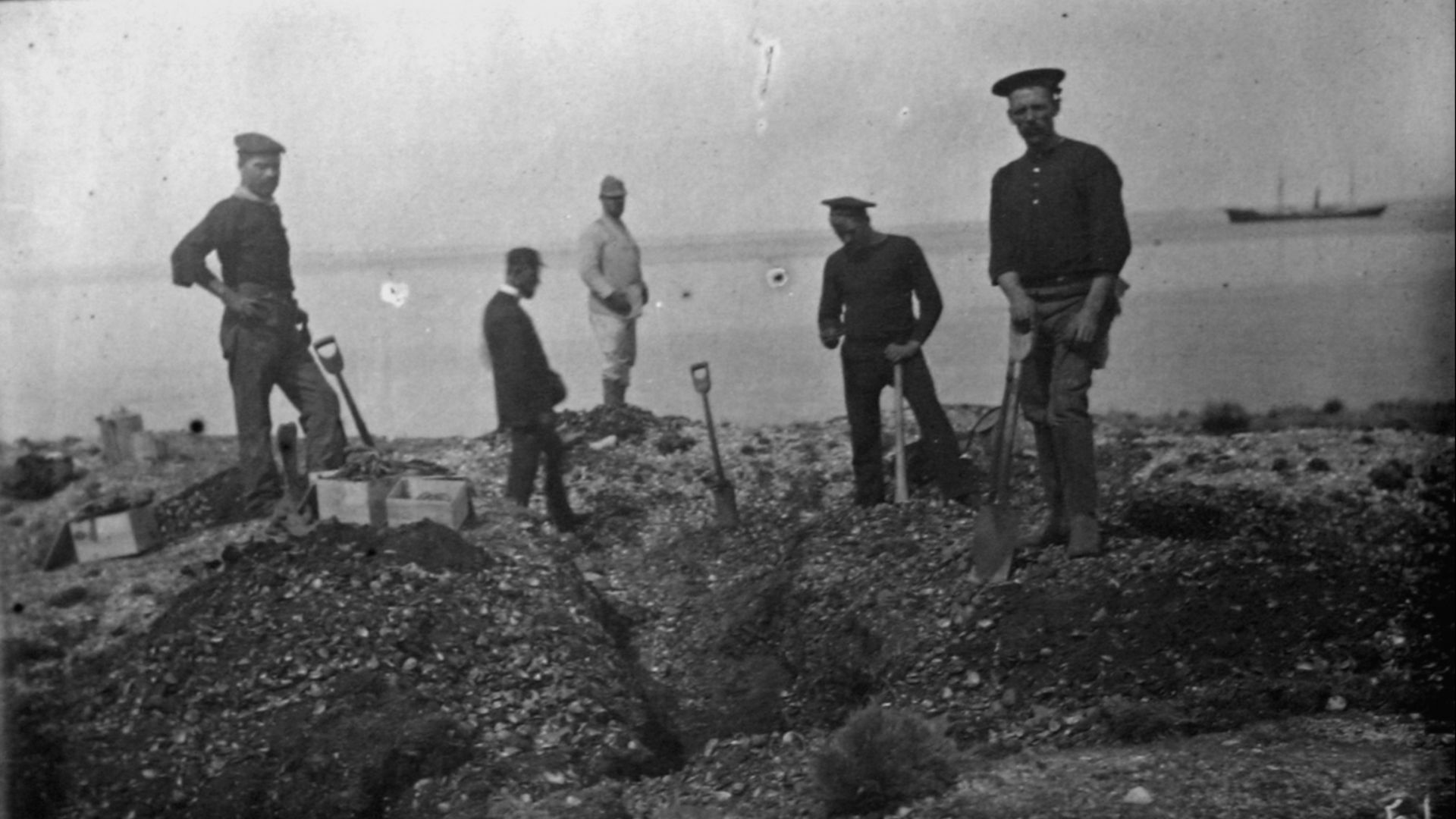 Archival Photographer Stefan Claesson, Wikimedia Commons
Archival Photographer Stefan Claesson, Wikimedia Commons
Climate Change Clues
Layer by layer, shell mounds reveal how ancient Californians faced climate shifts through rising seas and changing species. It’s a long-term diary written in clams. These people adapted, moved, and changed diets with the tide. Today, their resilience offers hints for surviving our own environmental rollercoaster.
Present-Day Cultural Importance
For Indigenous communities, these sites remain sacred as places of ancestral memory, ceremony, and resistance. The West Berkeley Shellmound, now beneath a parking lot, is still honored through activism and calls for preservation.
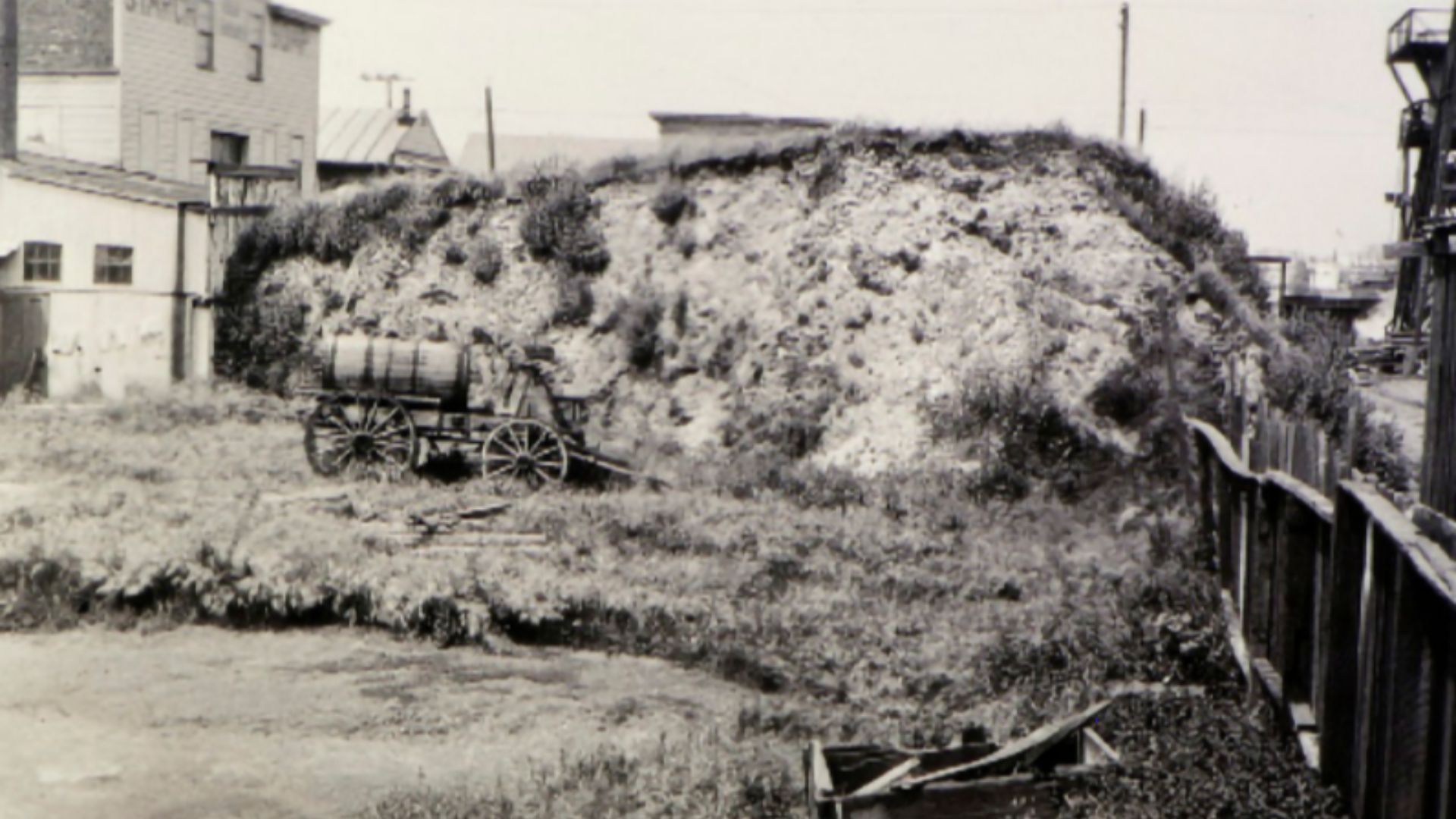 Nels Nelson, Wikimedia Commons
Nels Nelson, Wikimedia Commons
Preservation Challenges
Unfortunately, many shell mounds are vanishing, washed away by rising seas or flattened by bulldozers. That’s a big loss of ancient history and serious story potential. Saving these sites will protect the past and cultural roots, and help modern science learn more from them.
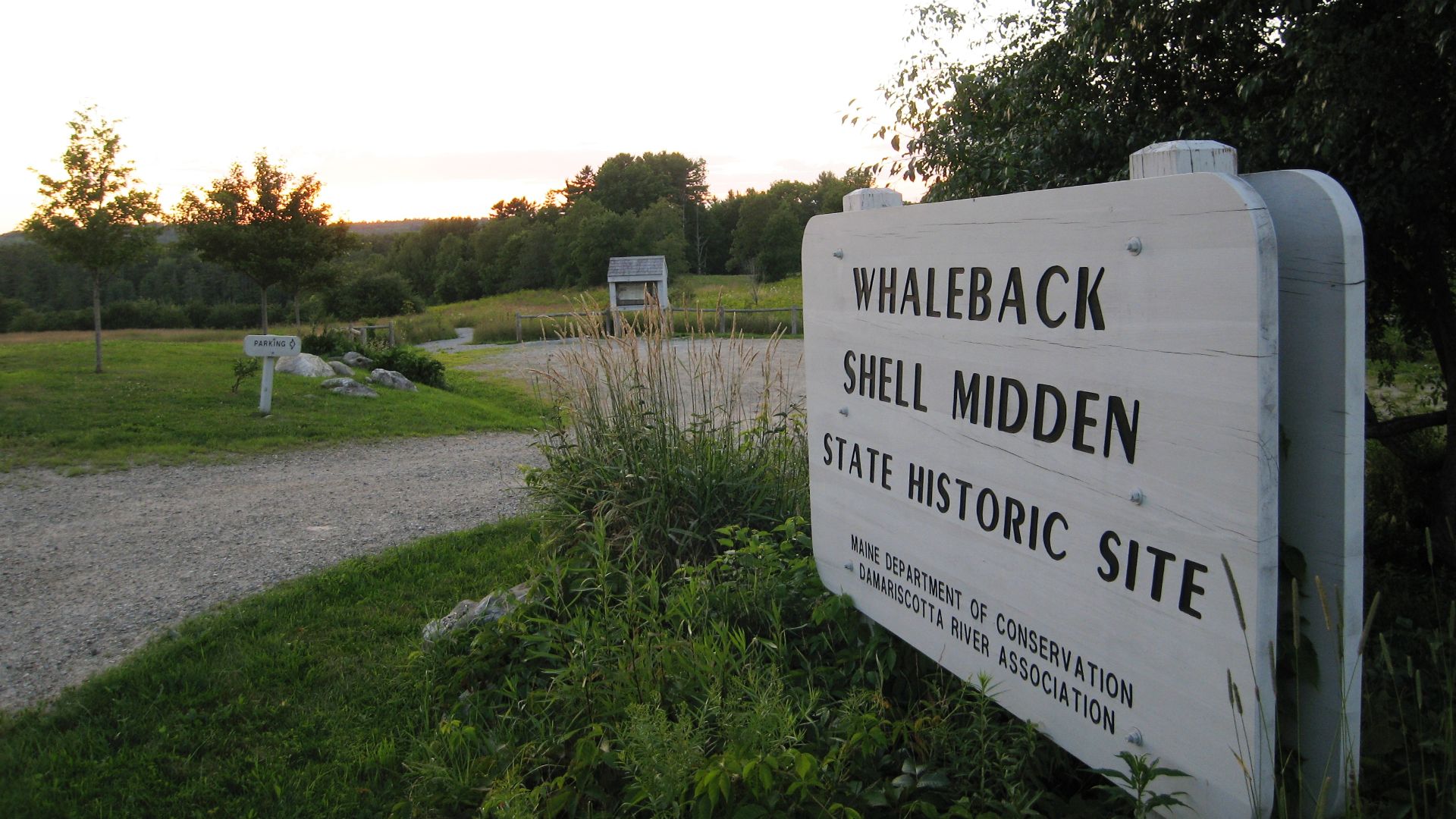 Photo by and ©2007 Dustin M. Ramsey (Kralizec!), CC BY-SA 2.5, Wikimedia Commons
Photo by and ©2007 Dustin M. Ramsey (Kralizec!), CC BY-SA 2.5, Wikimedia Commons



